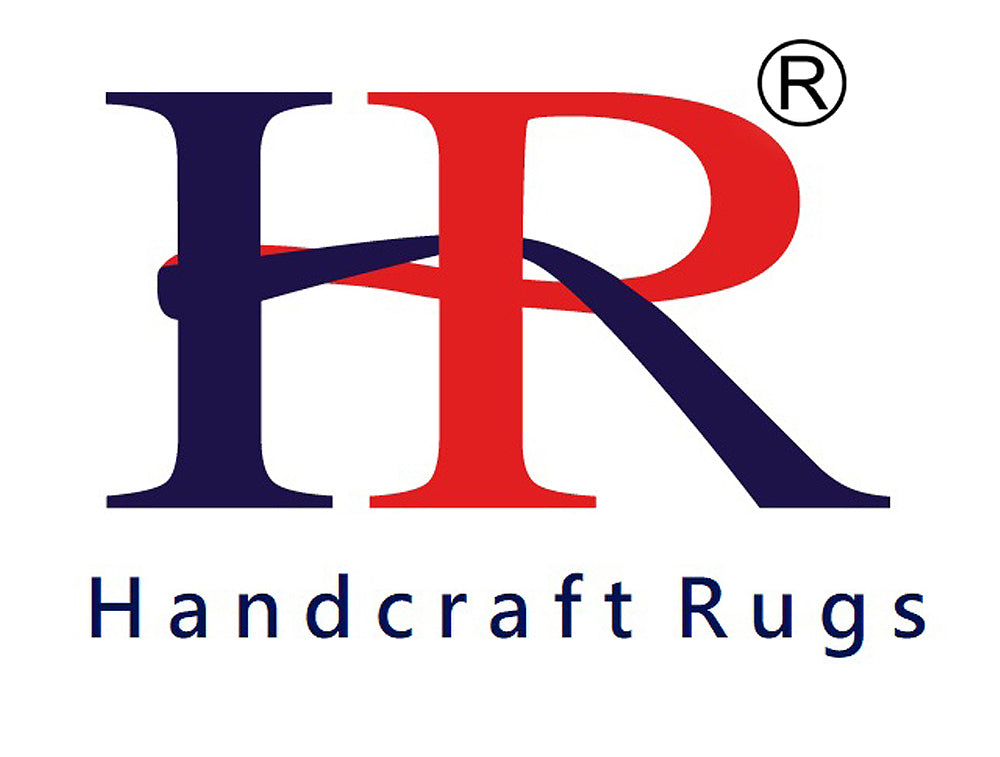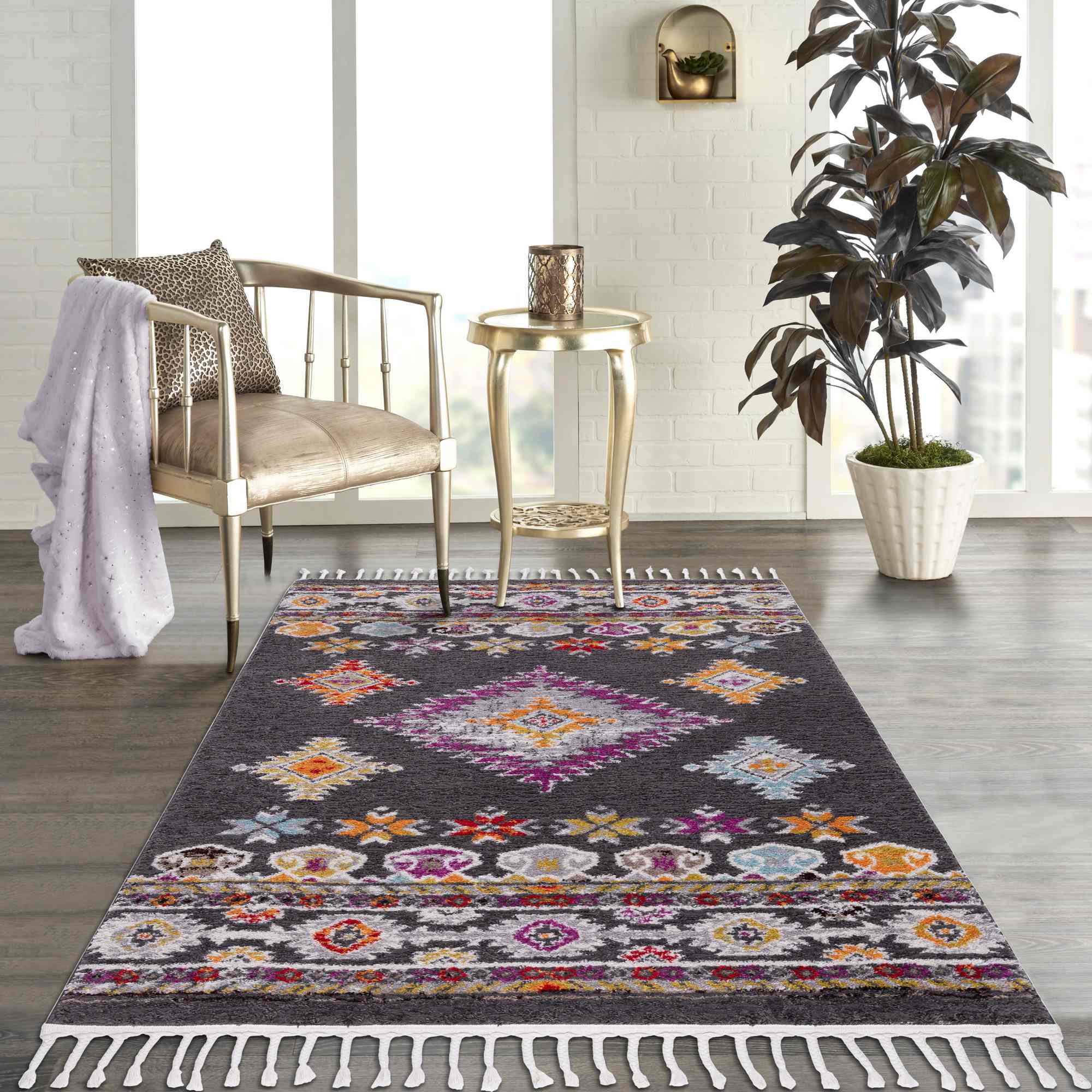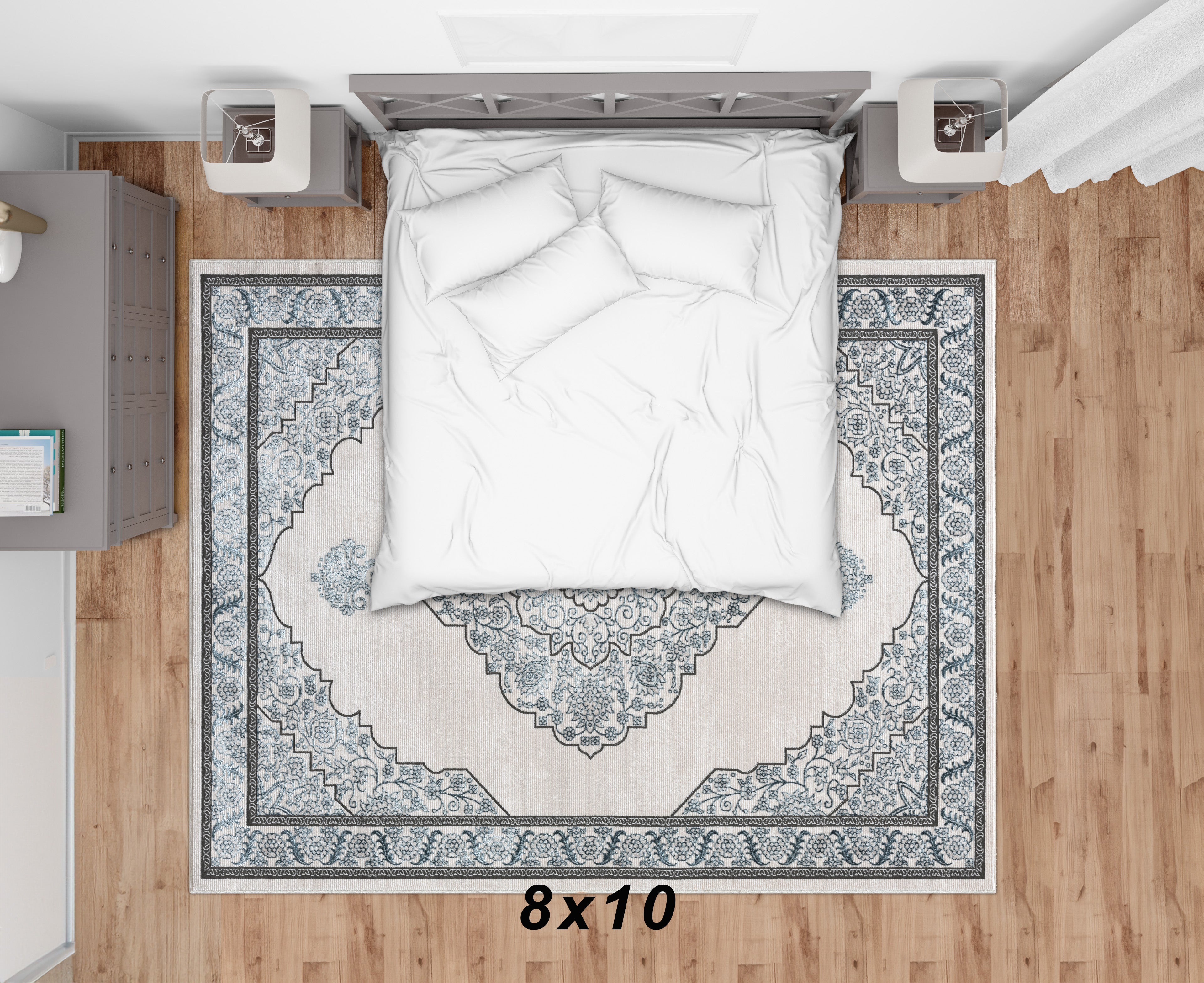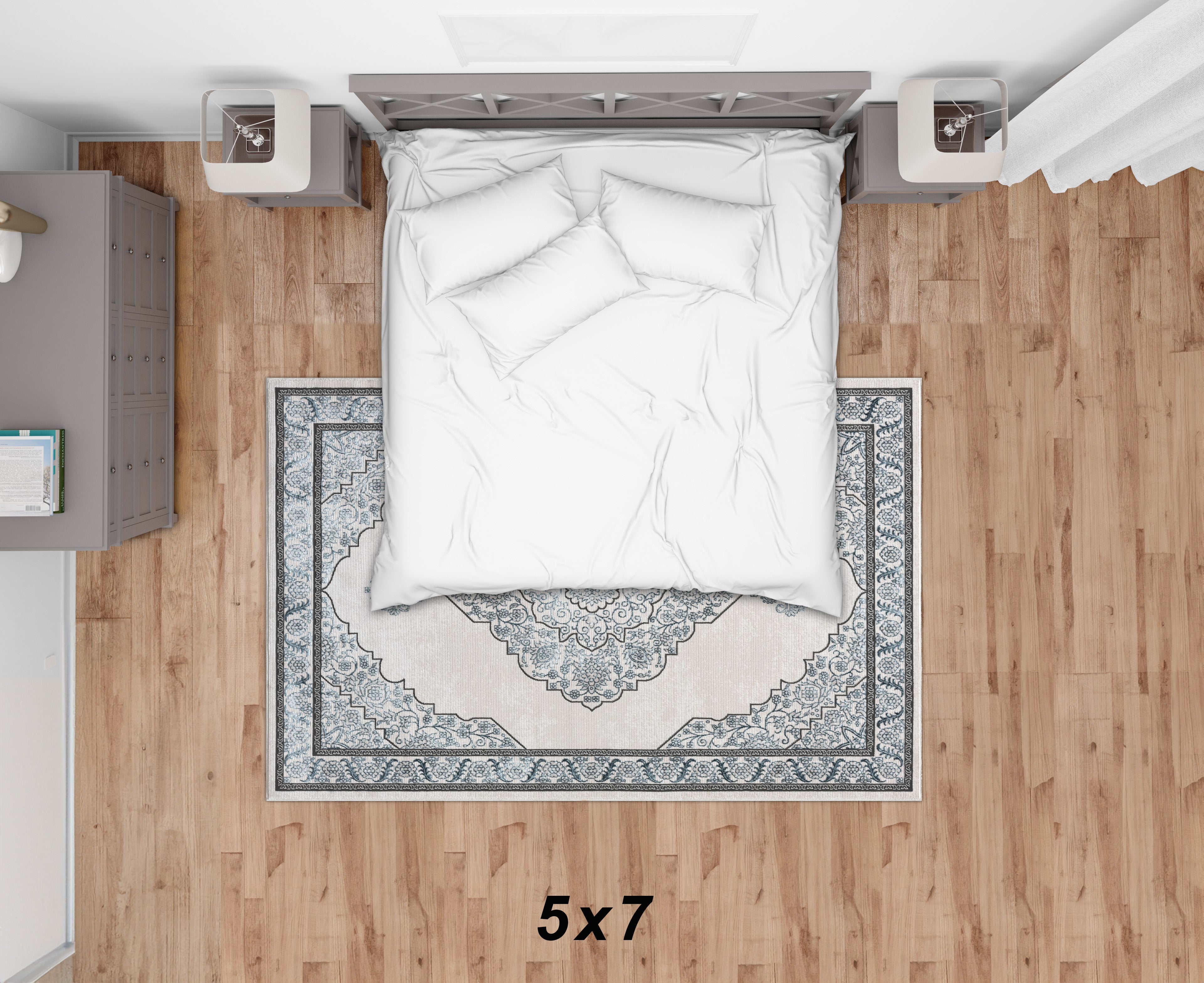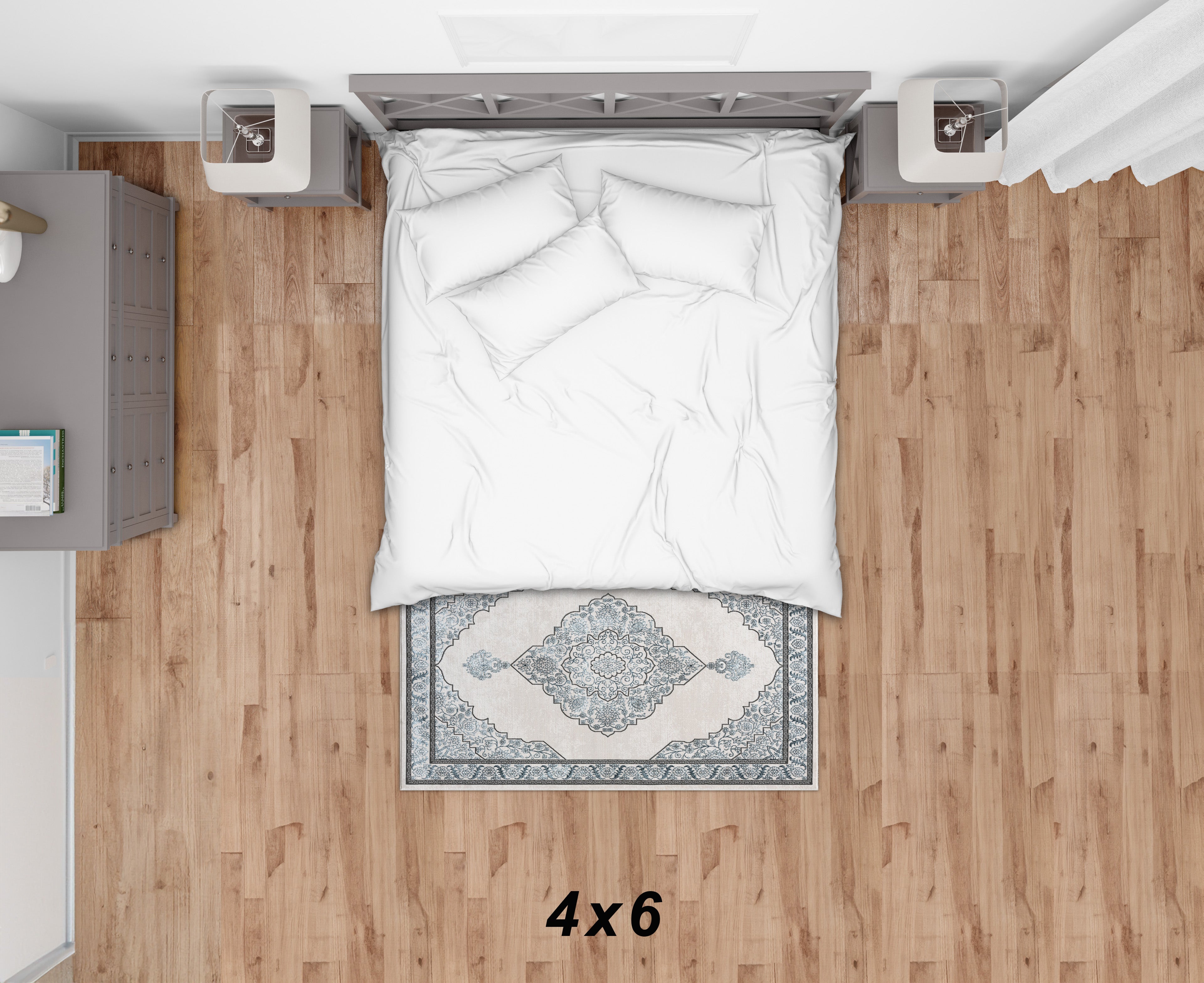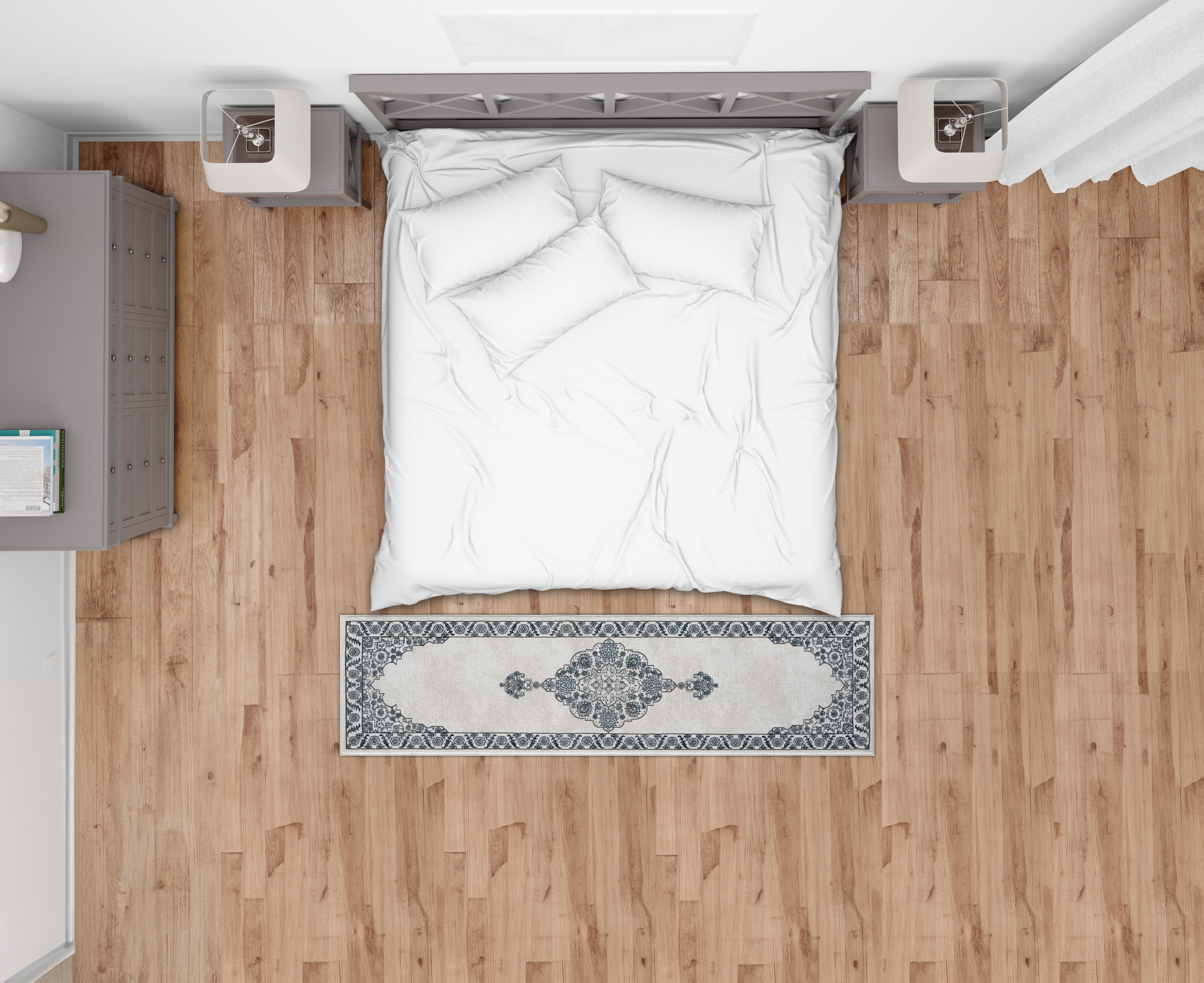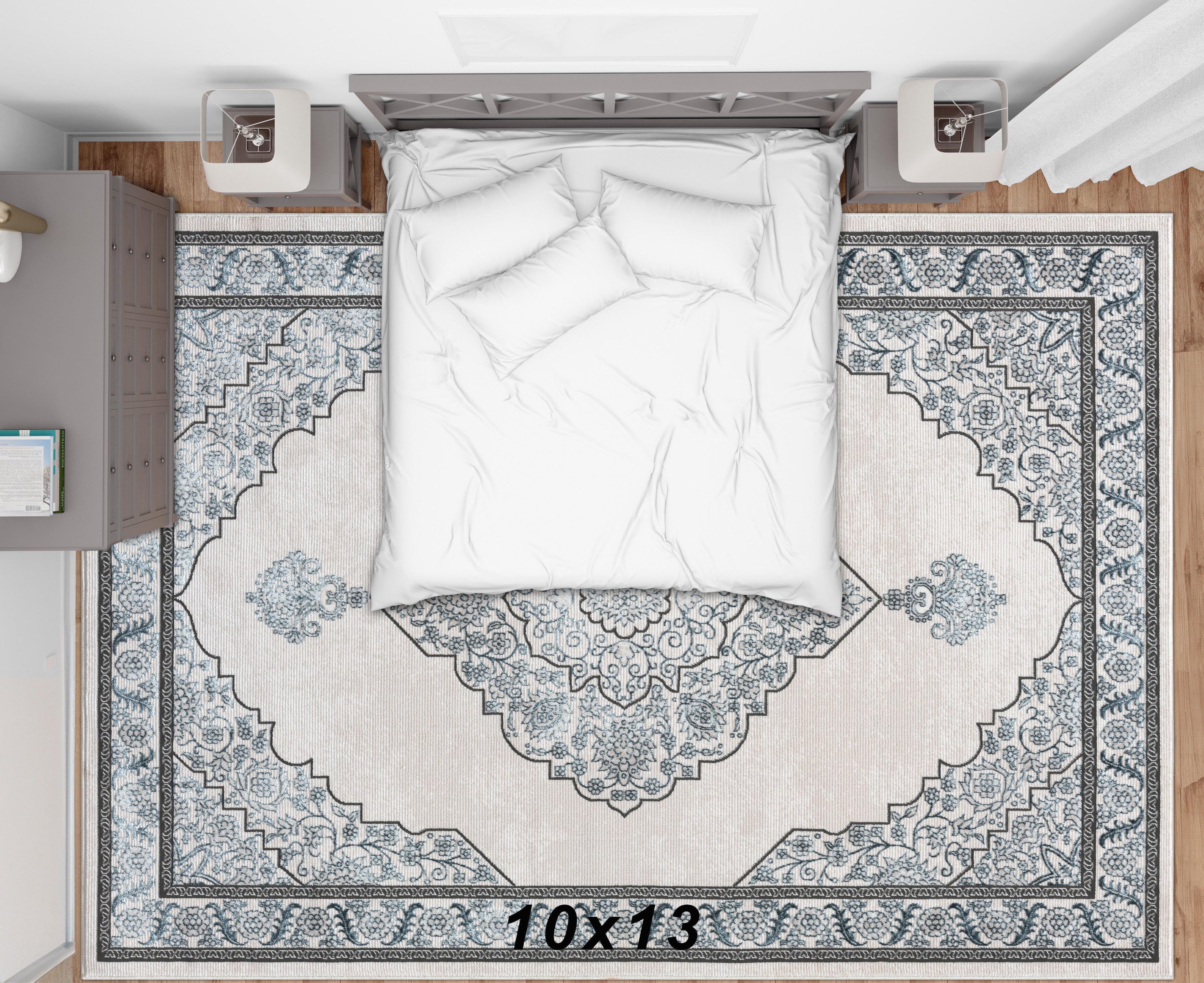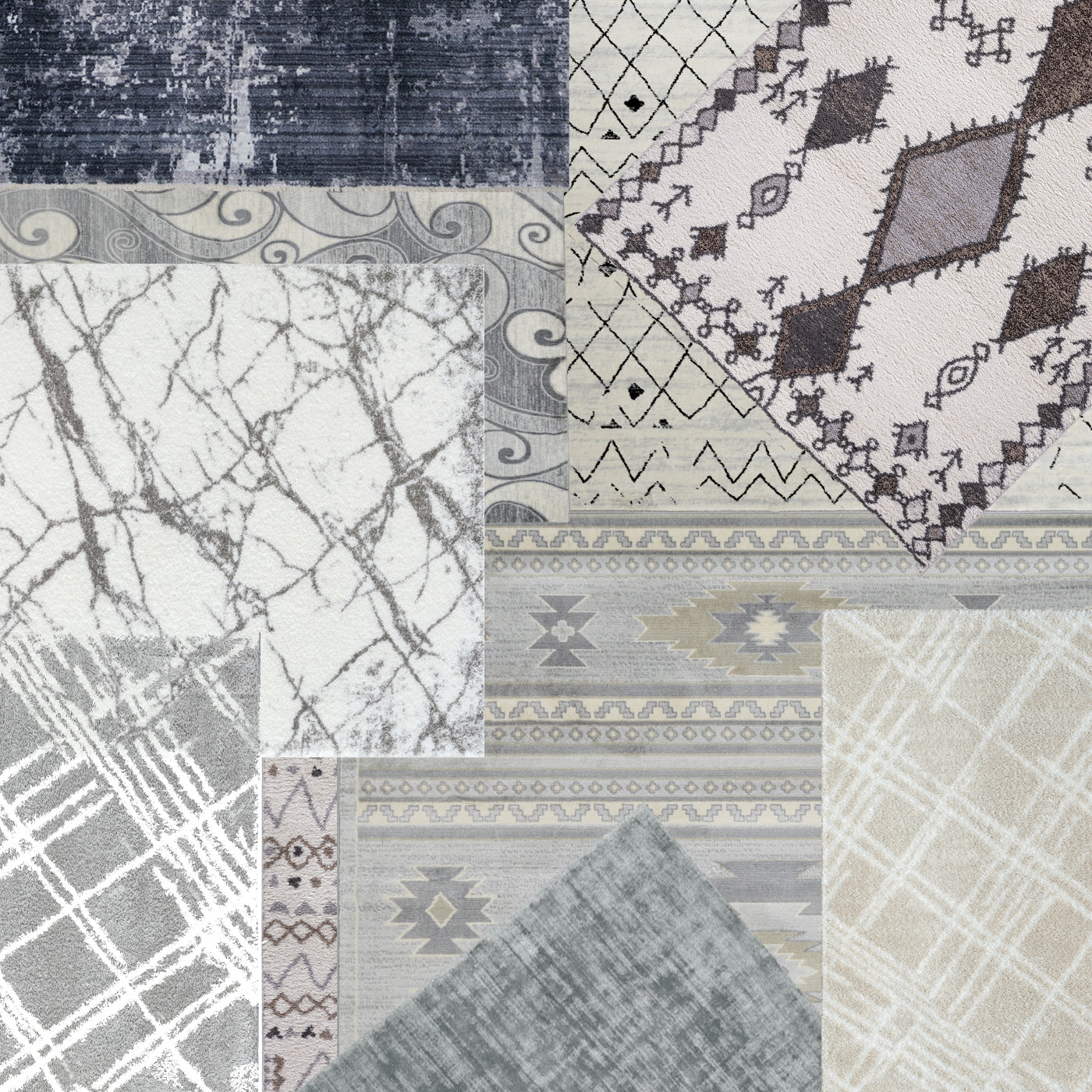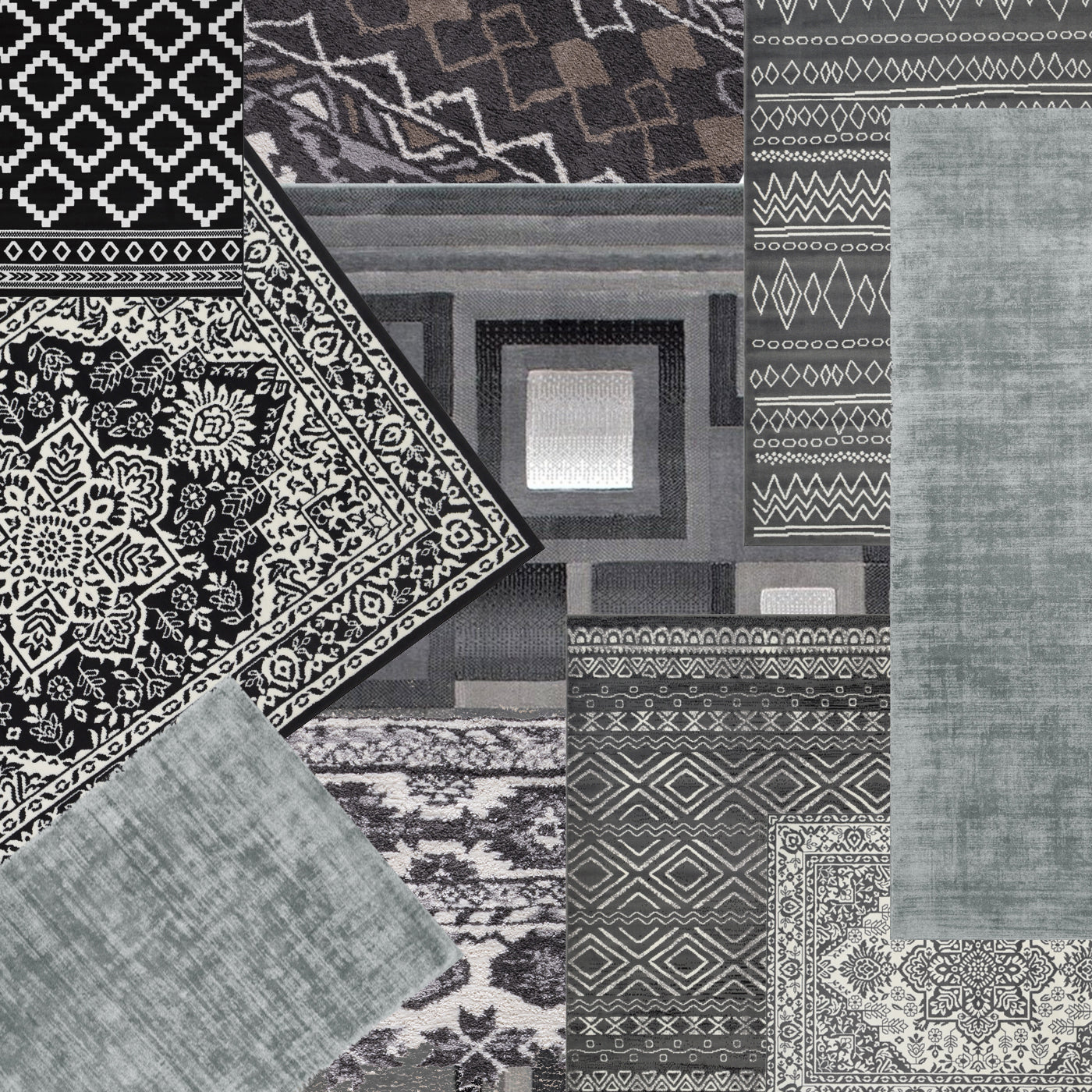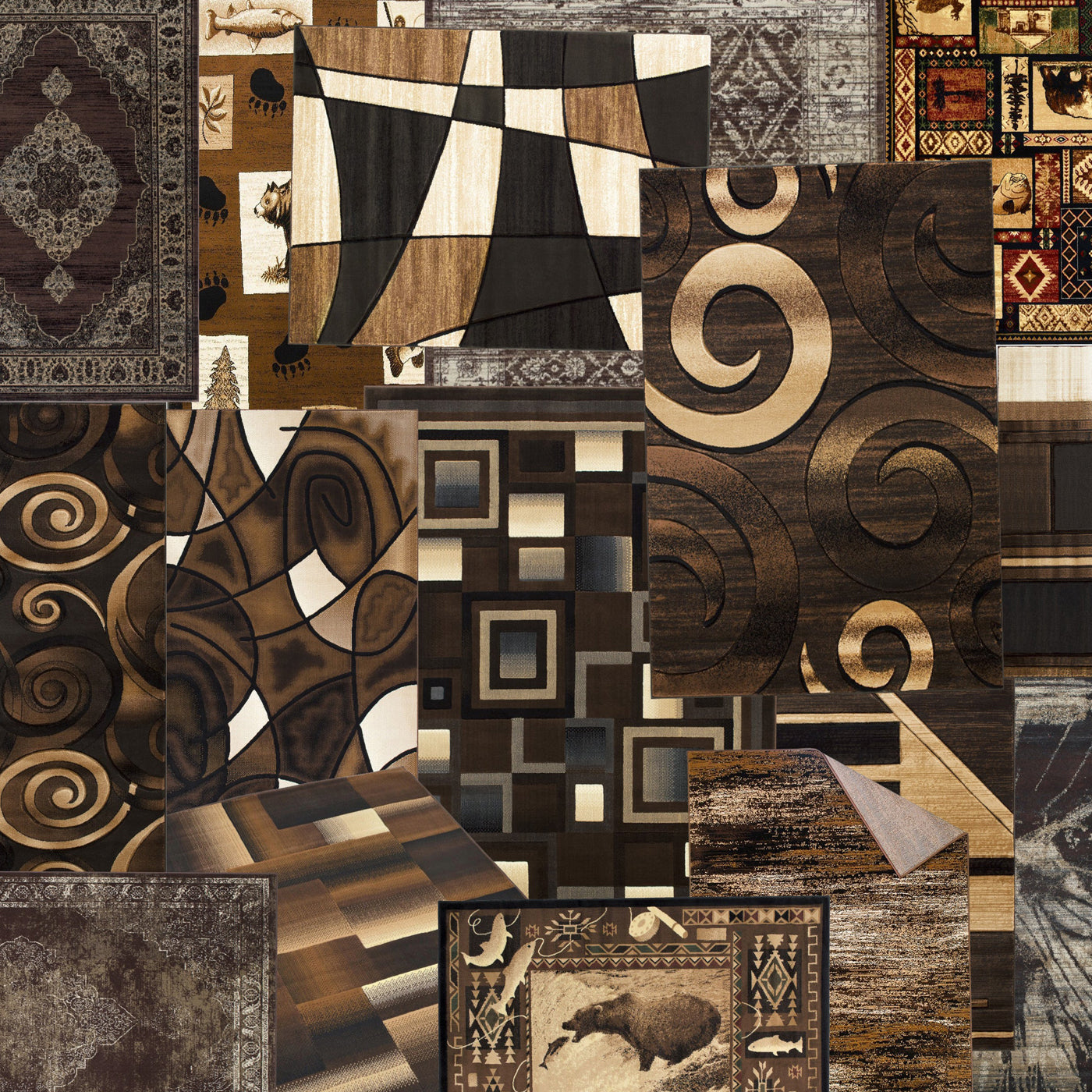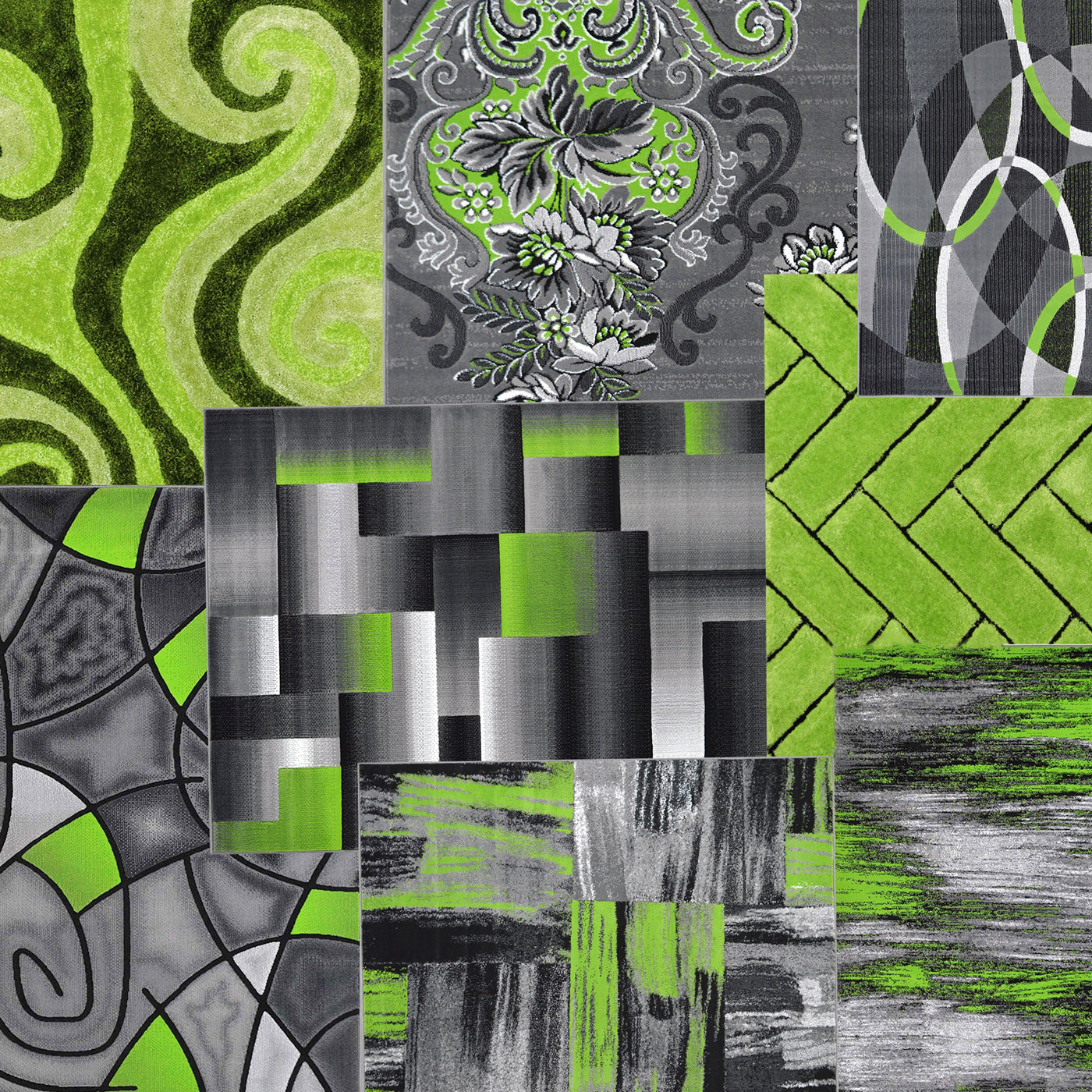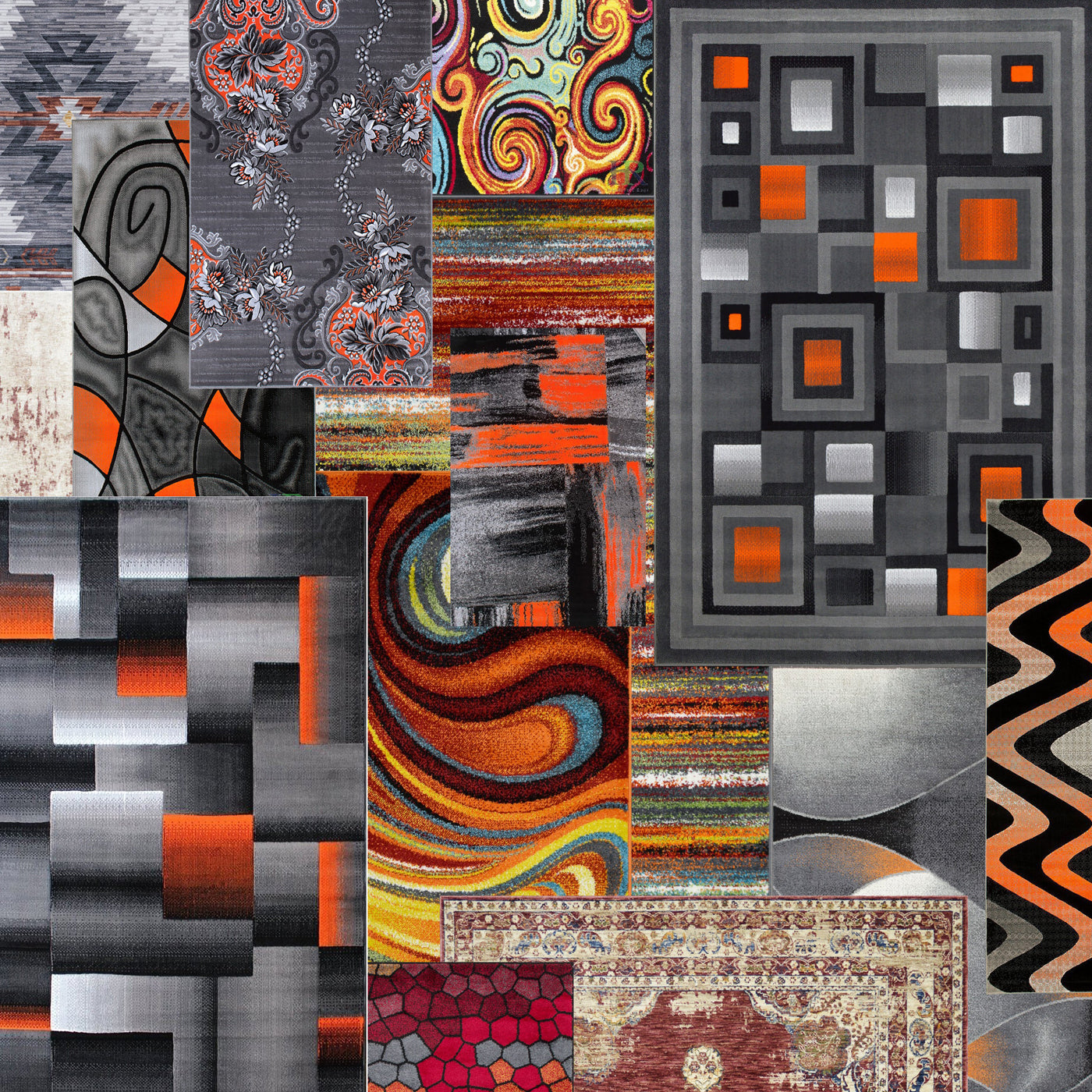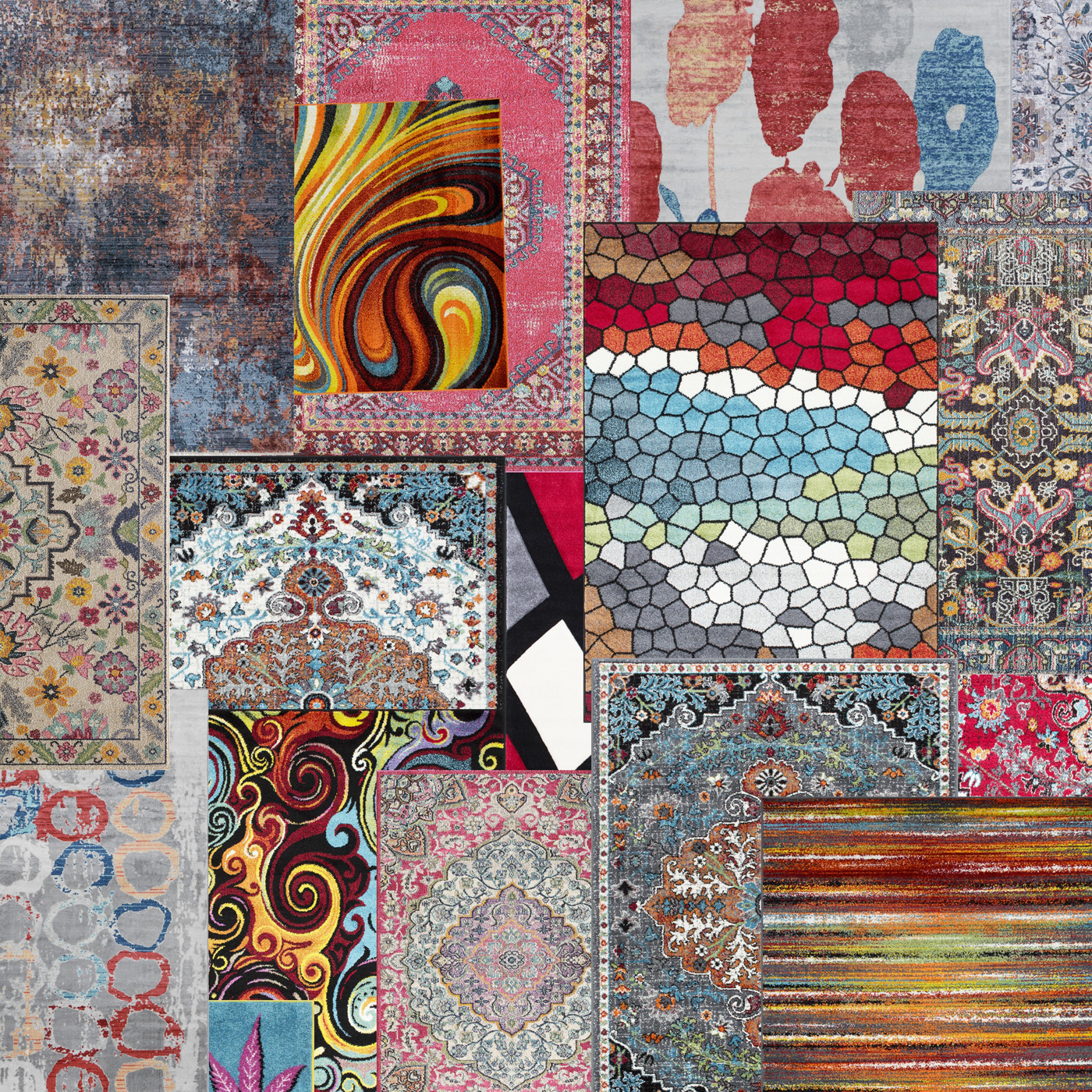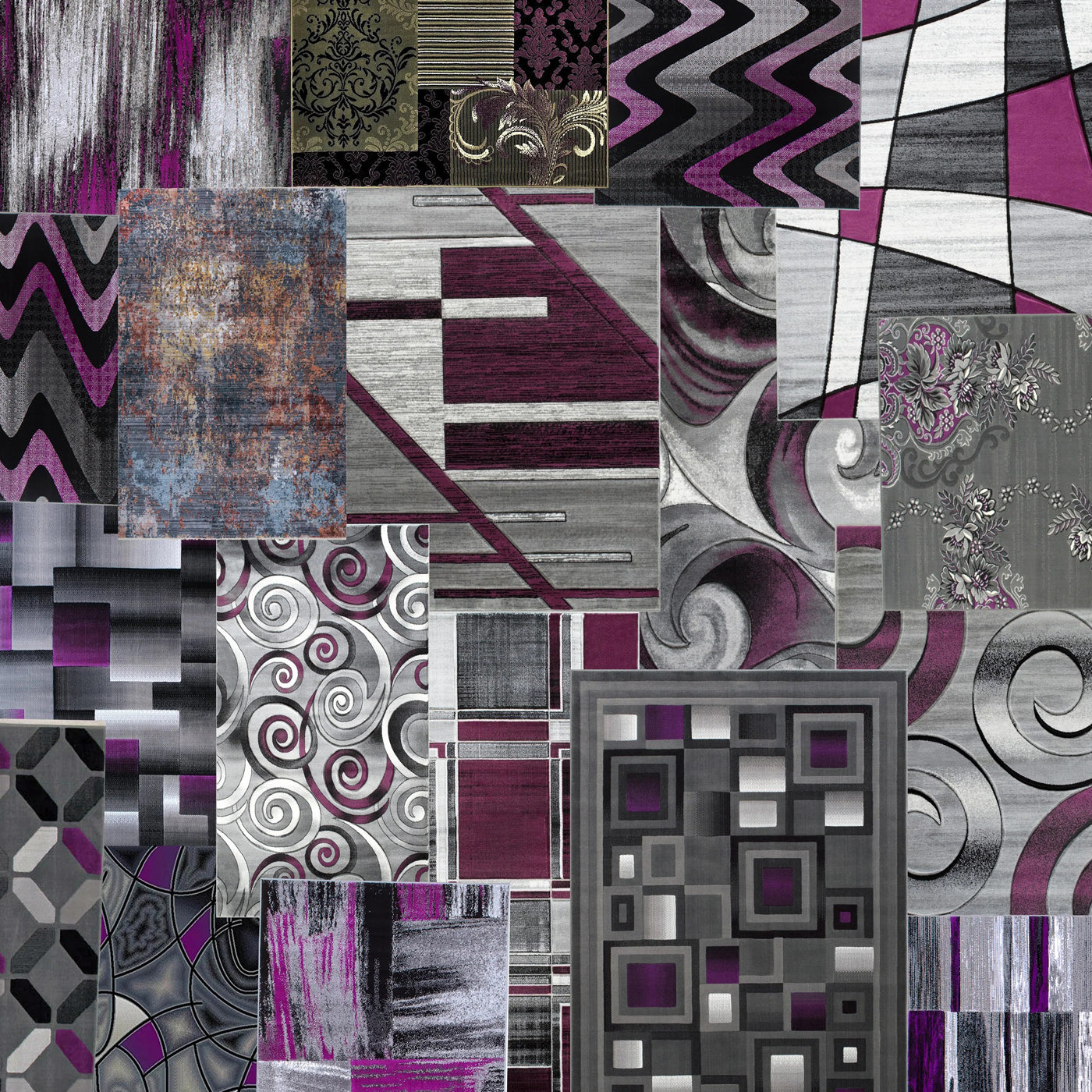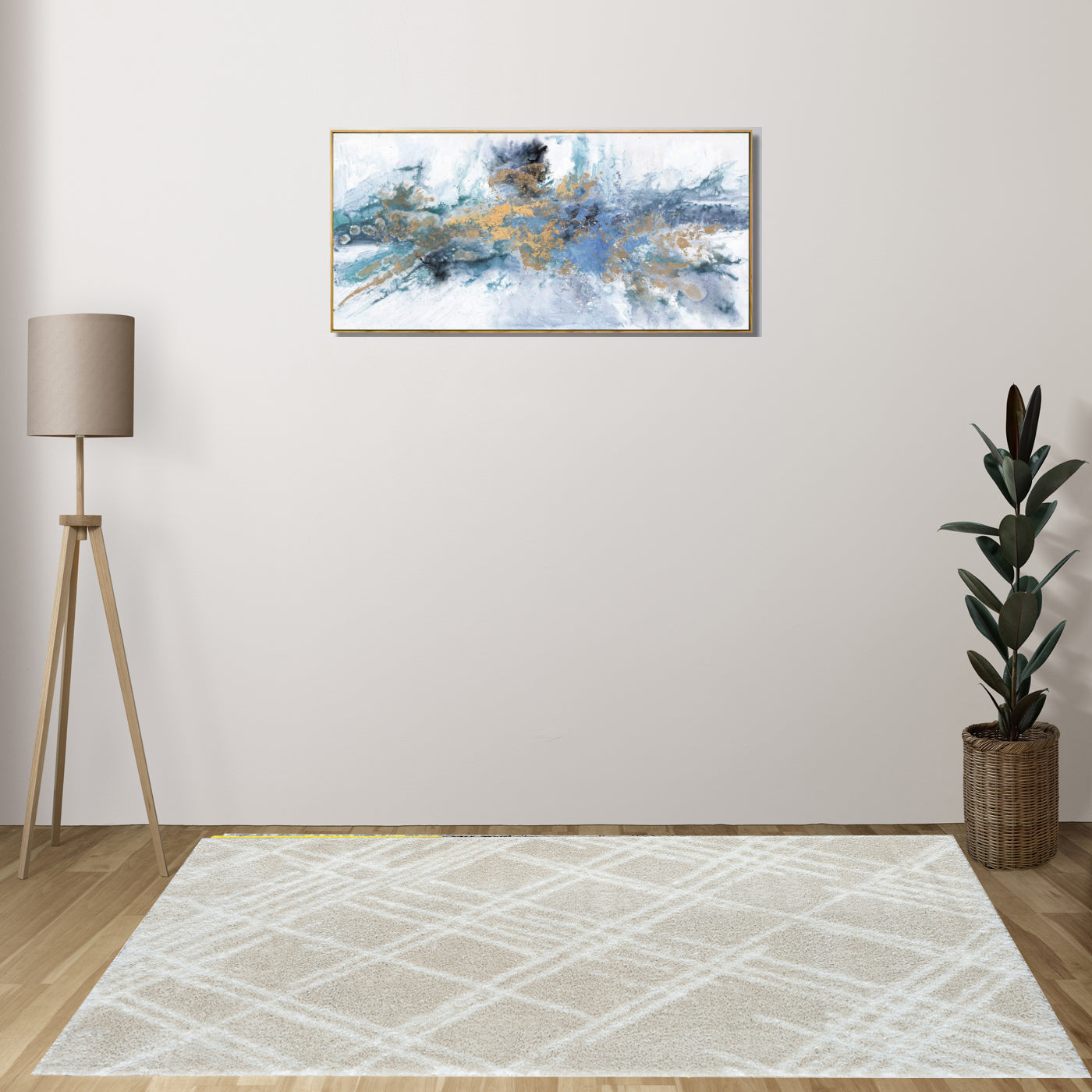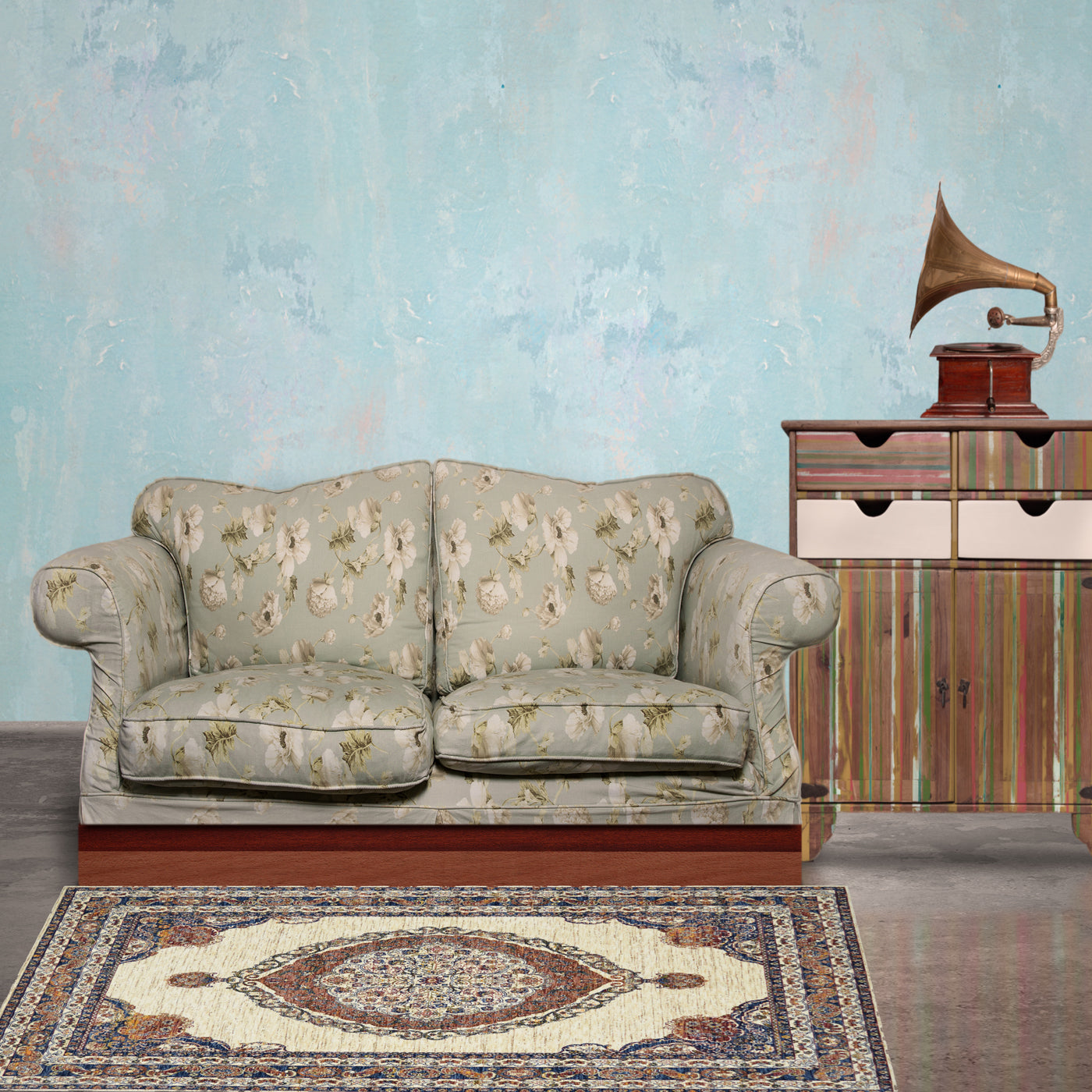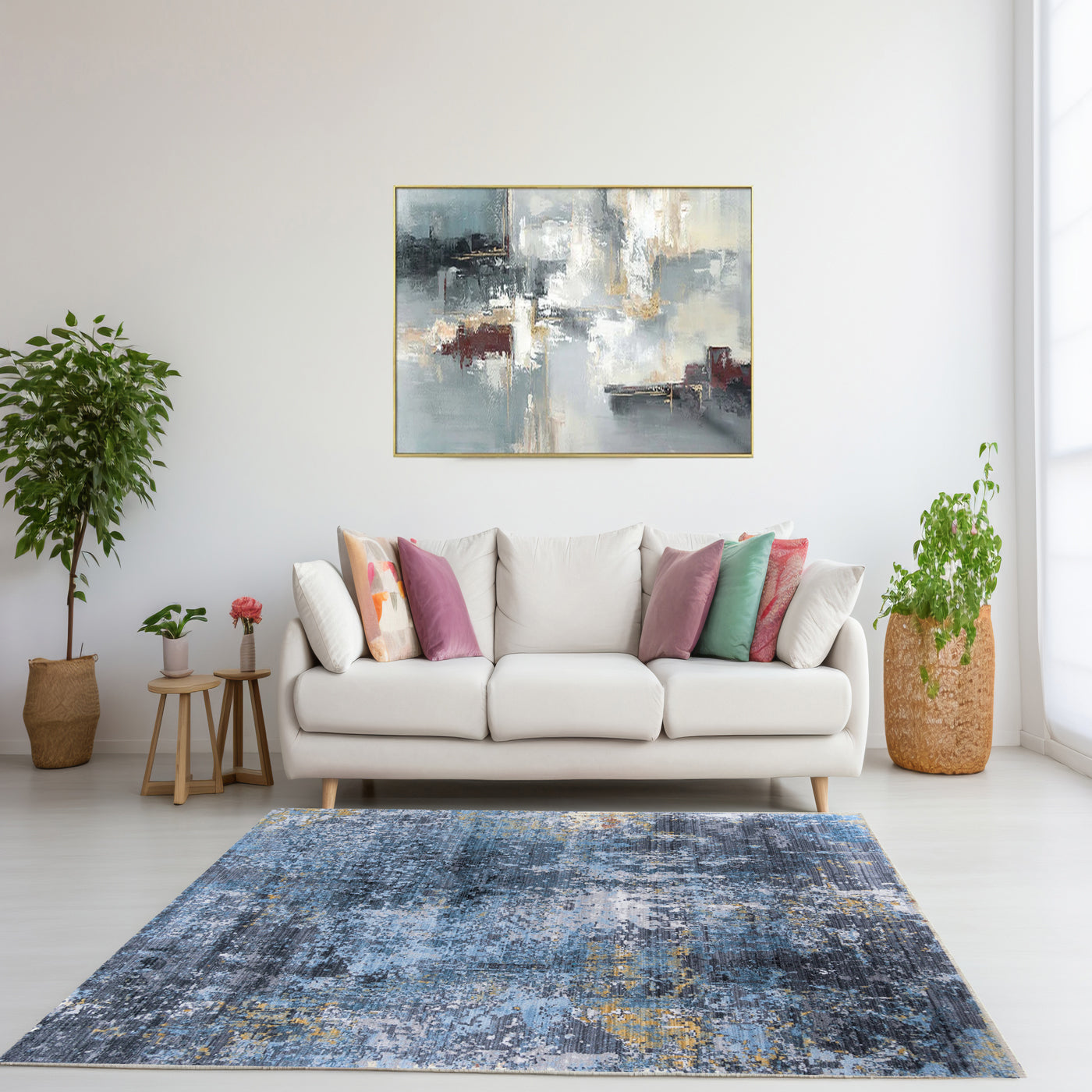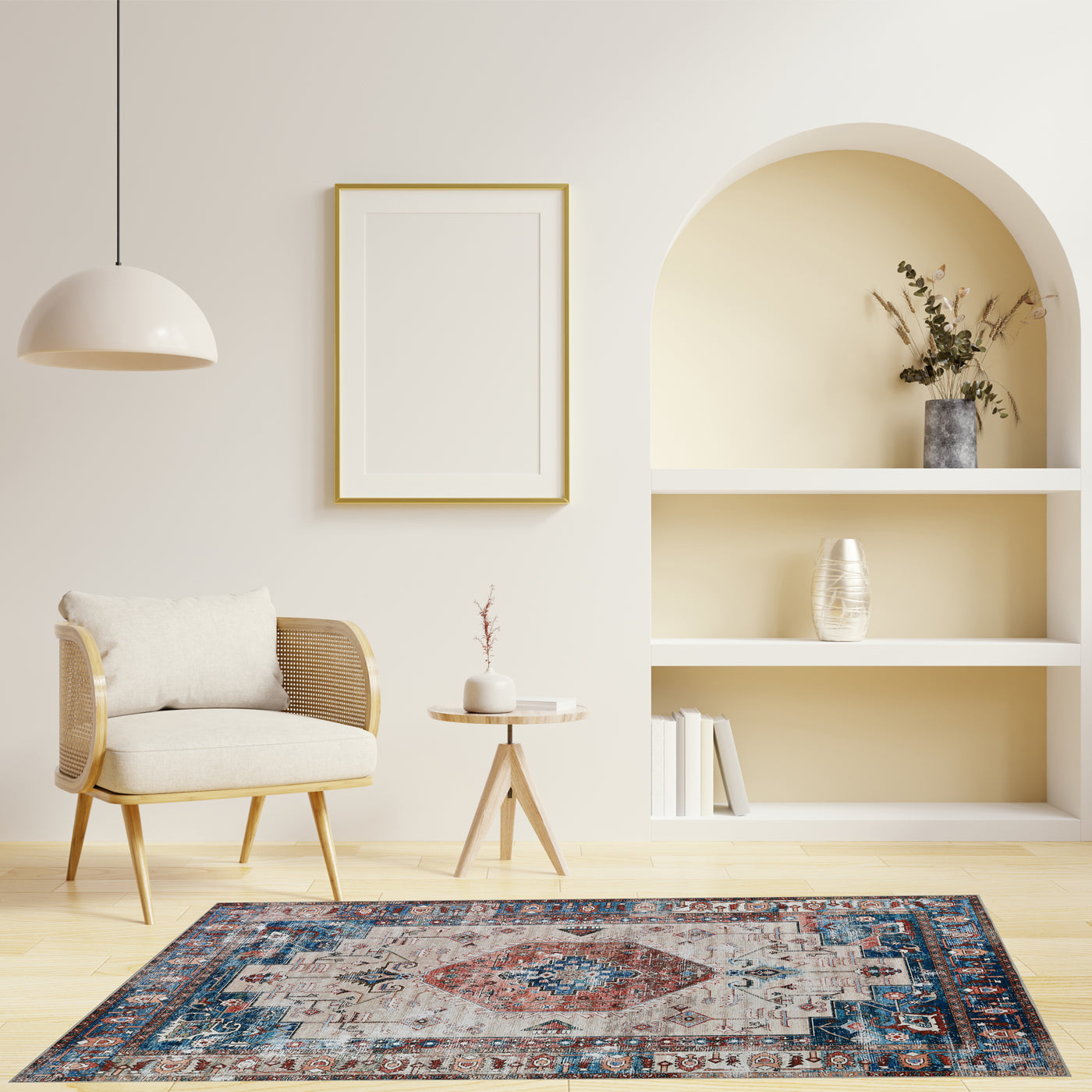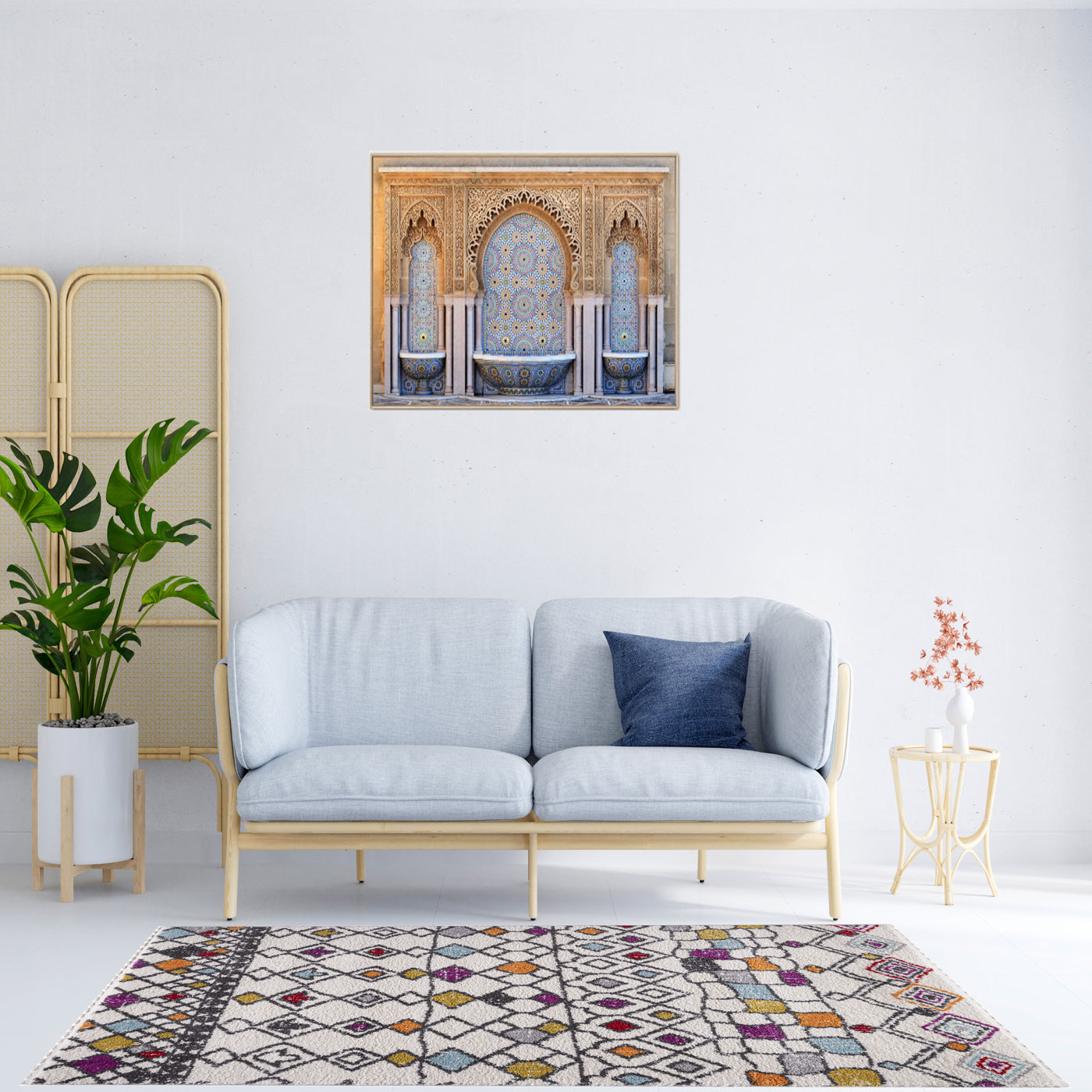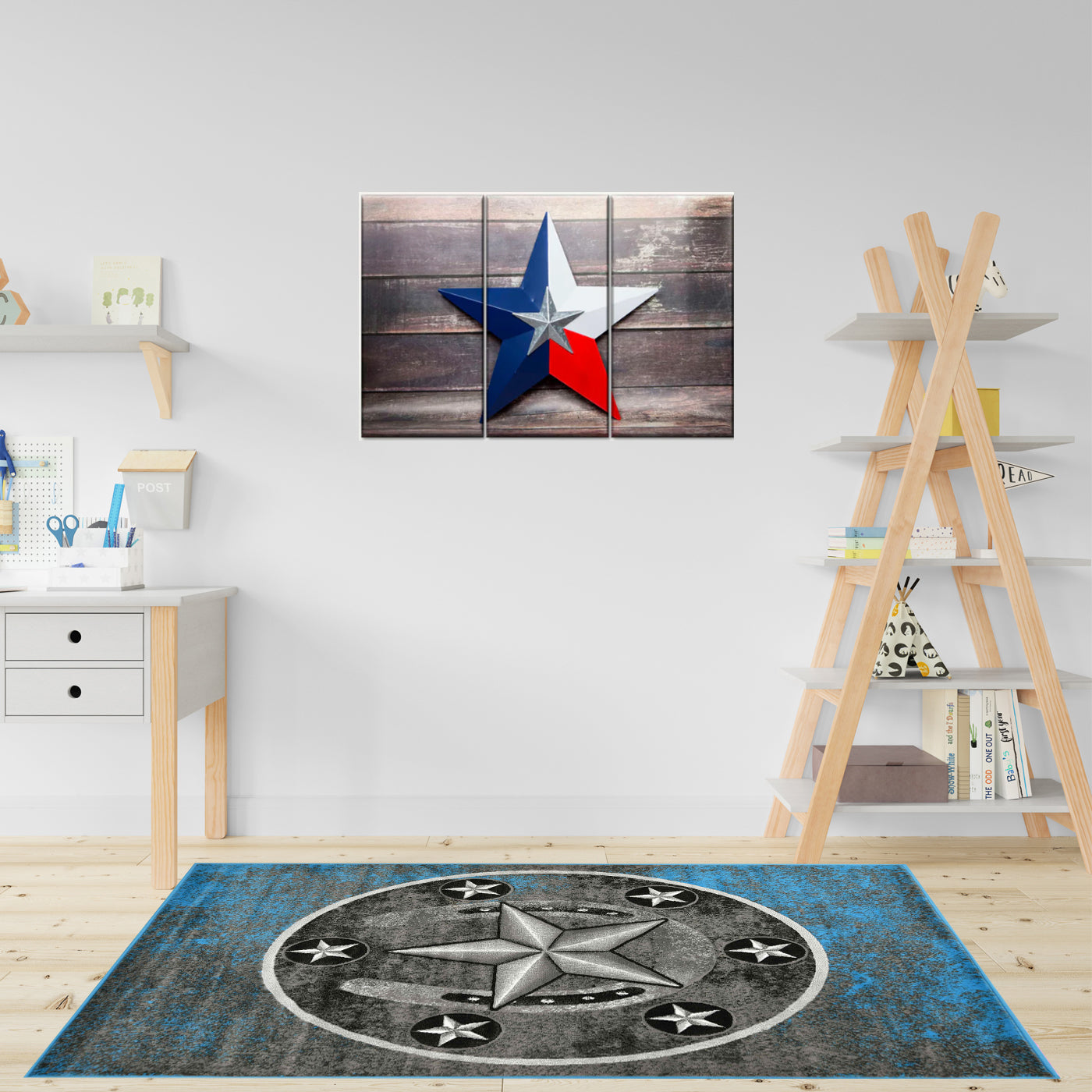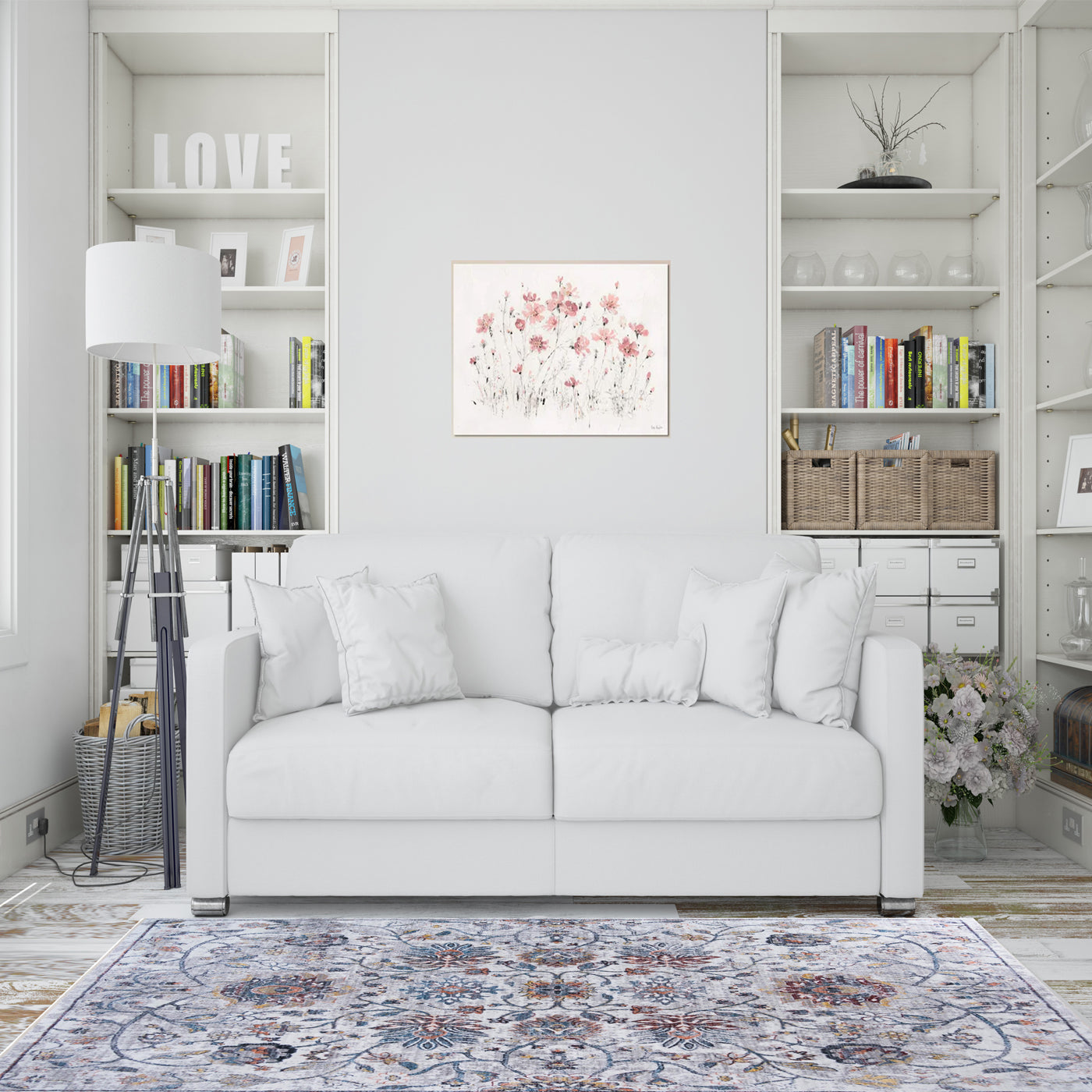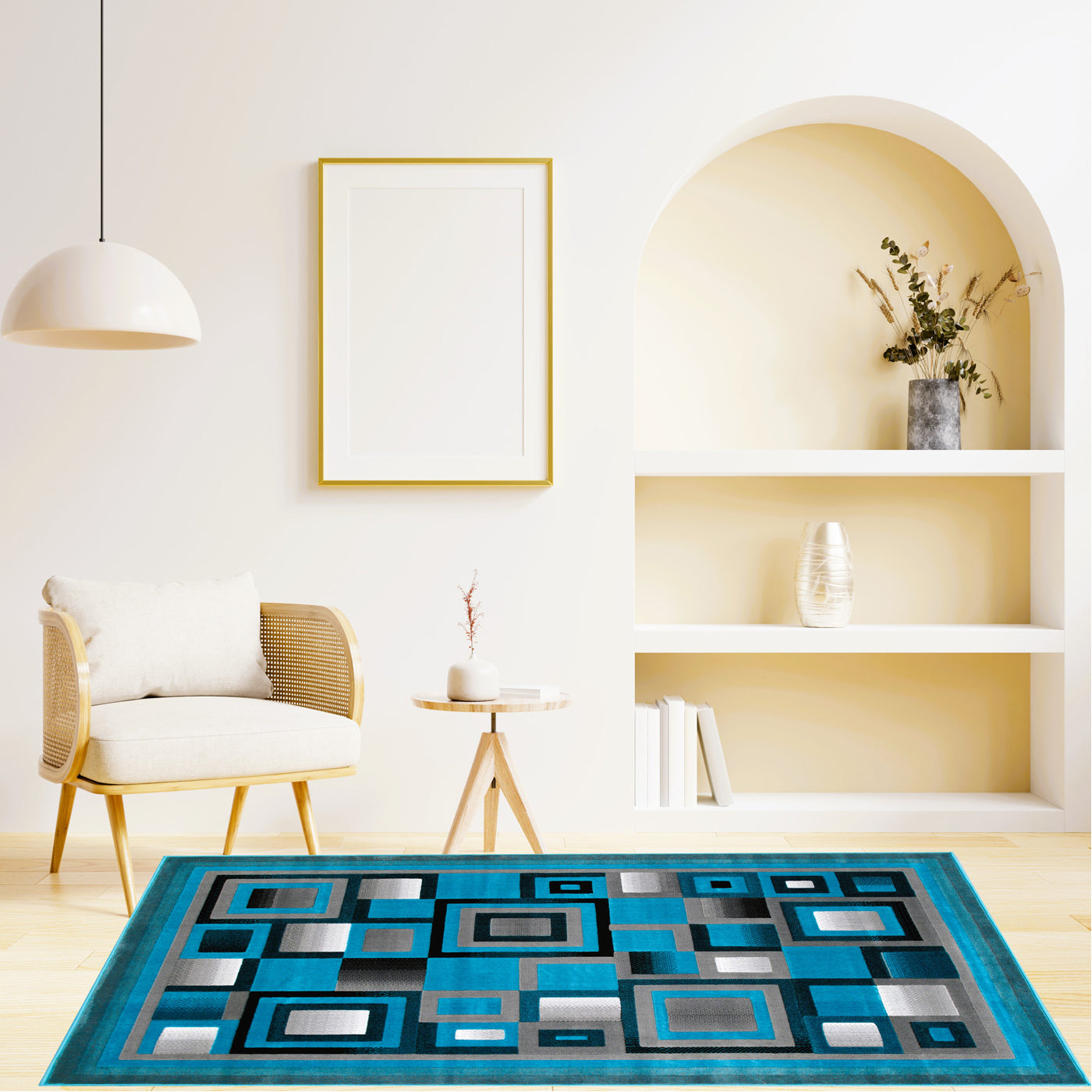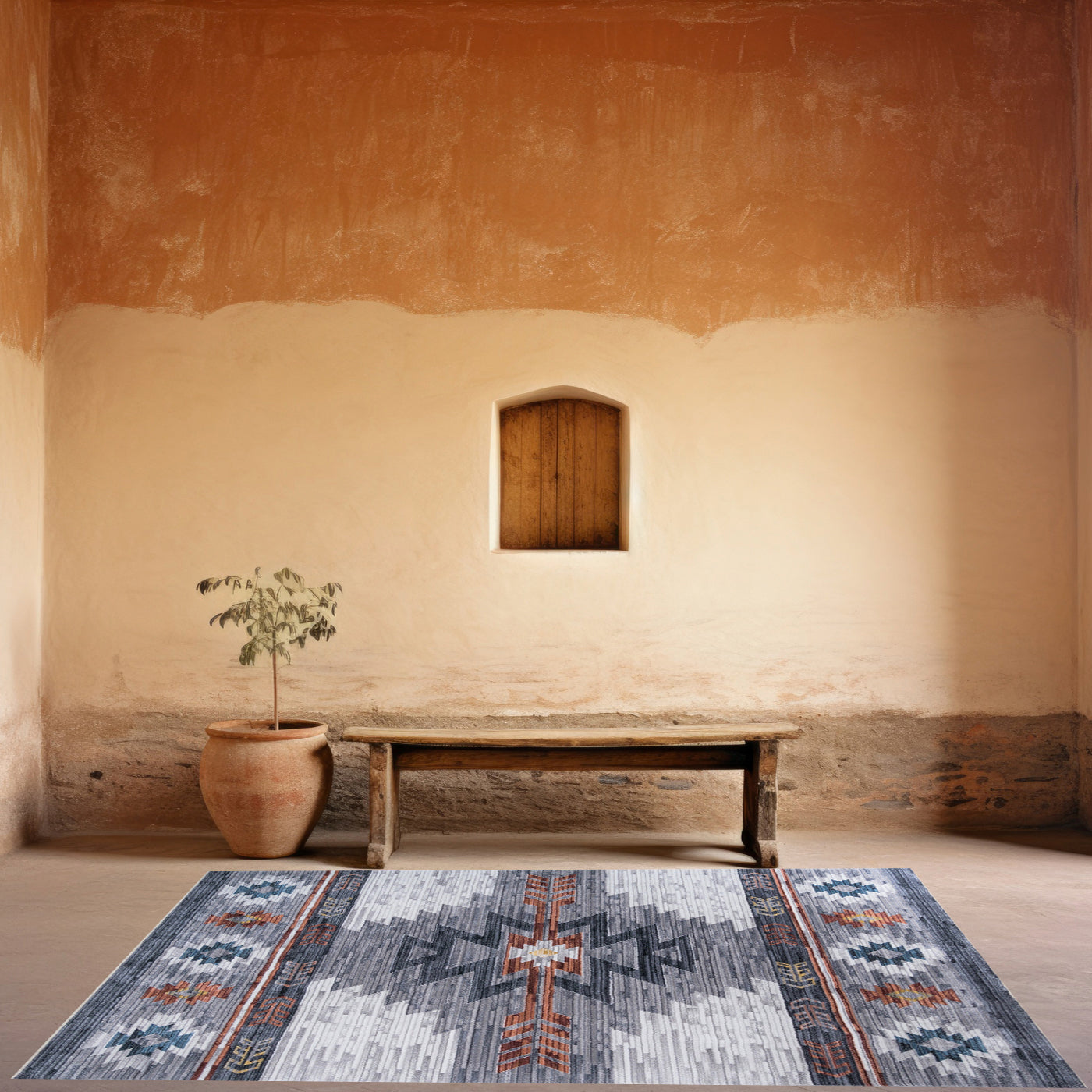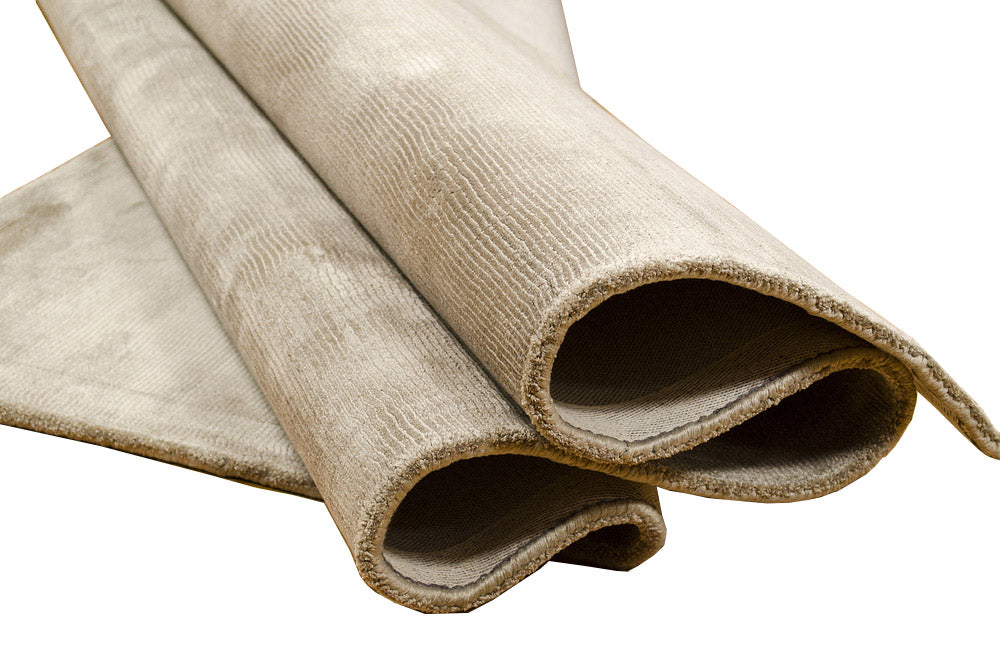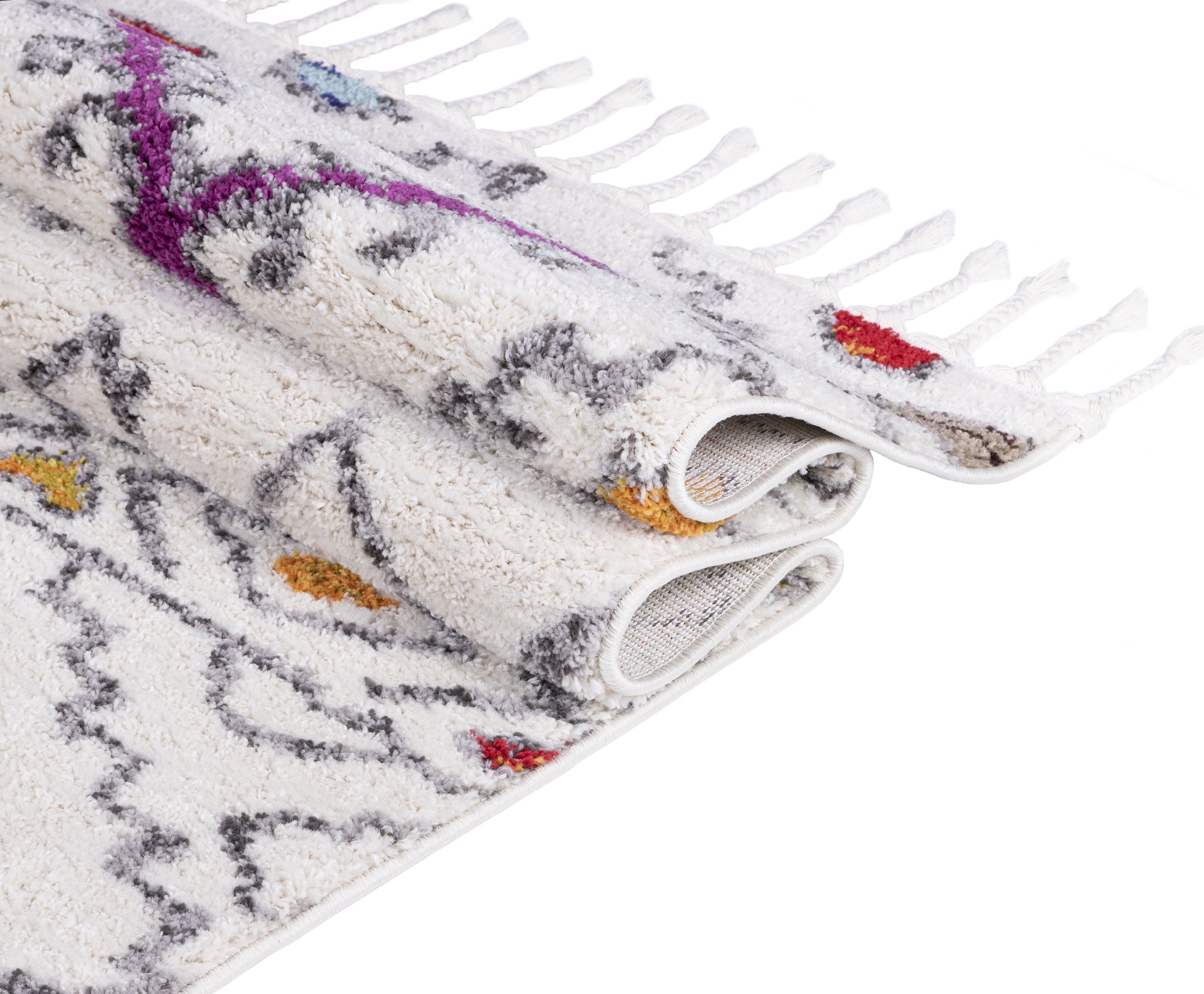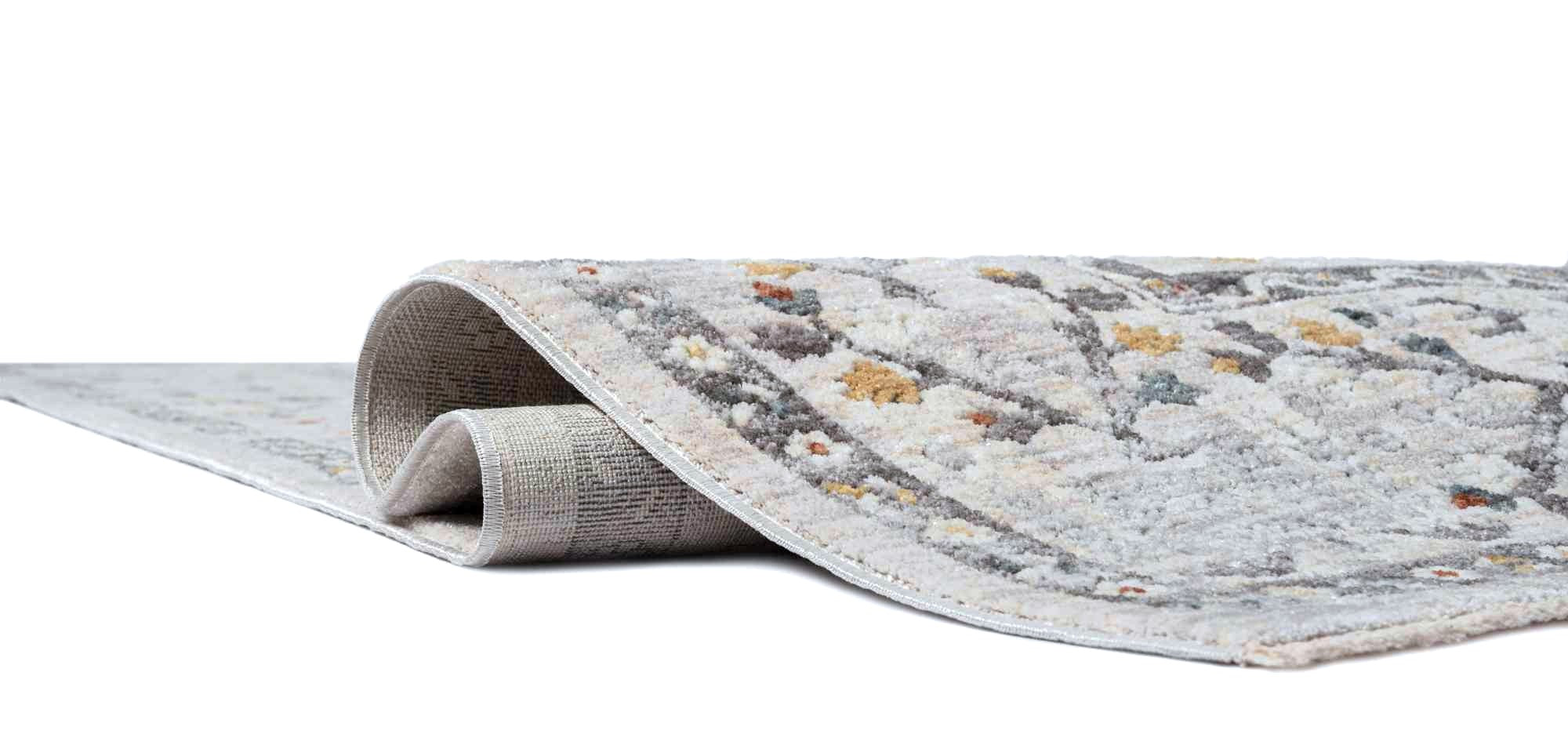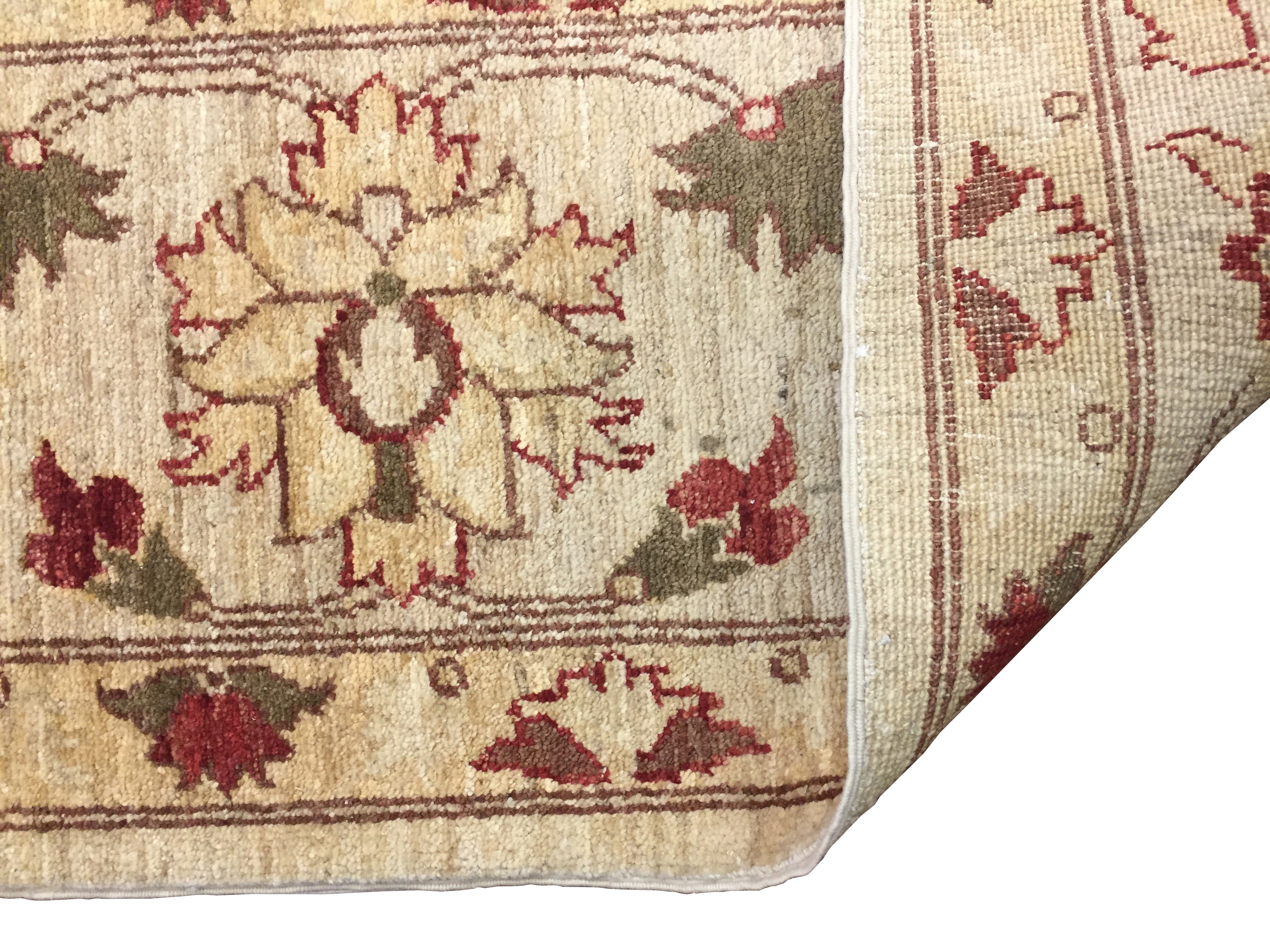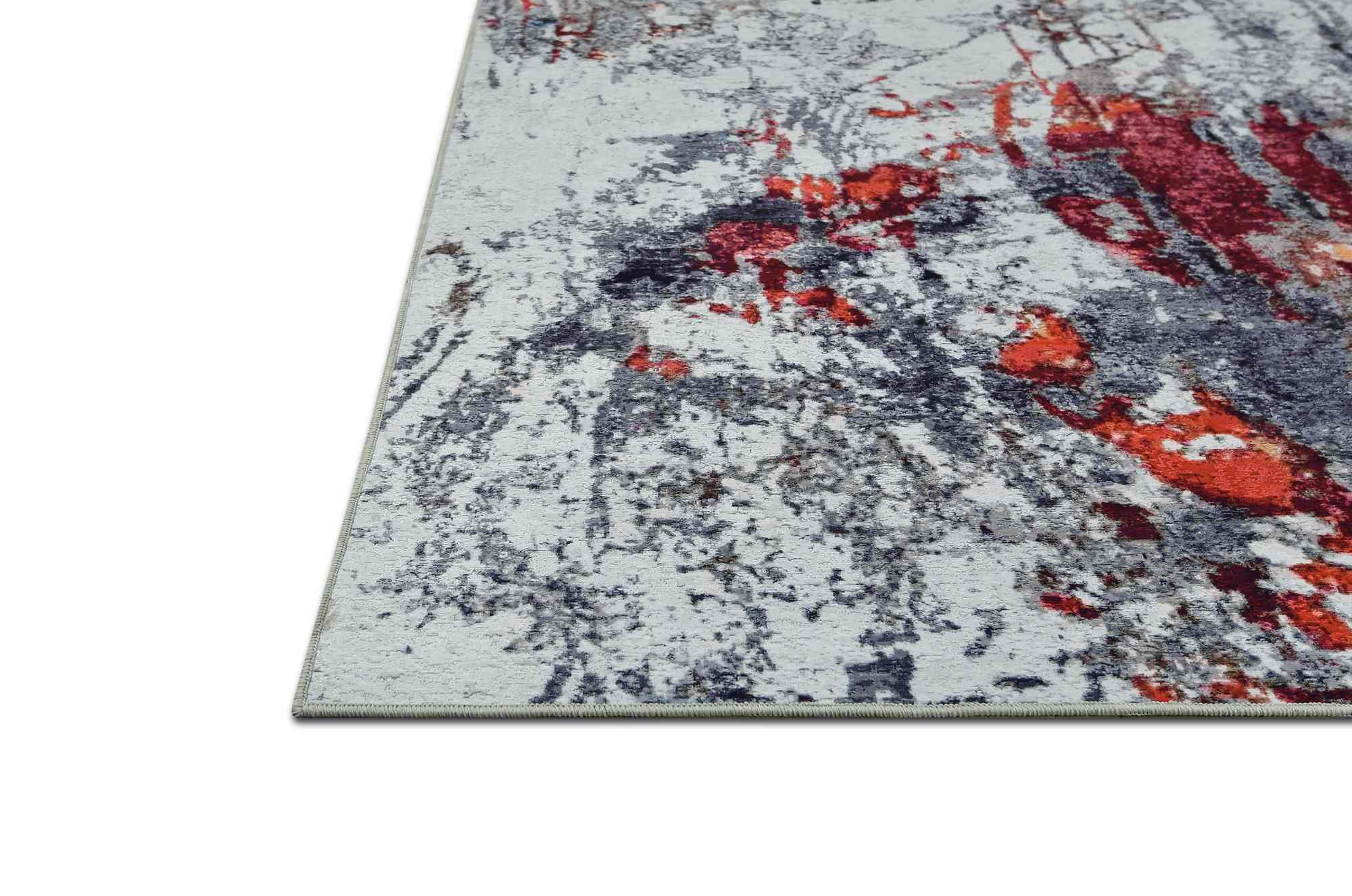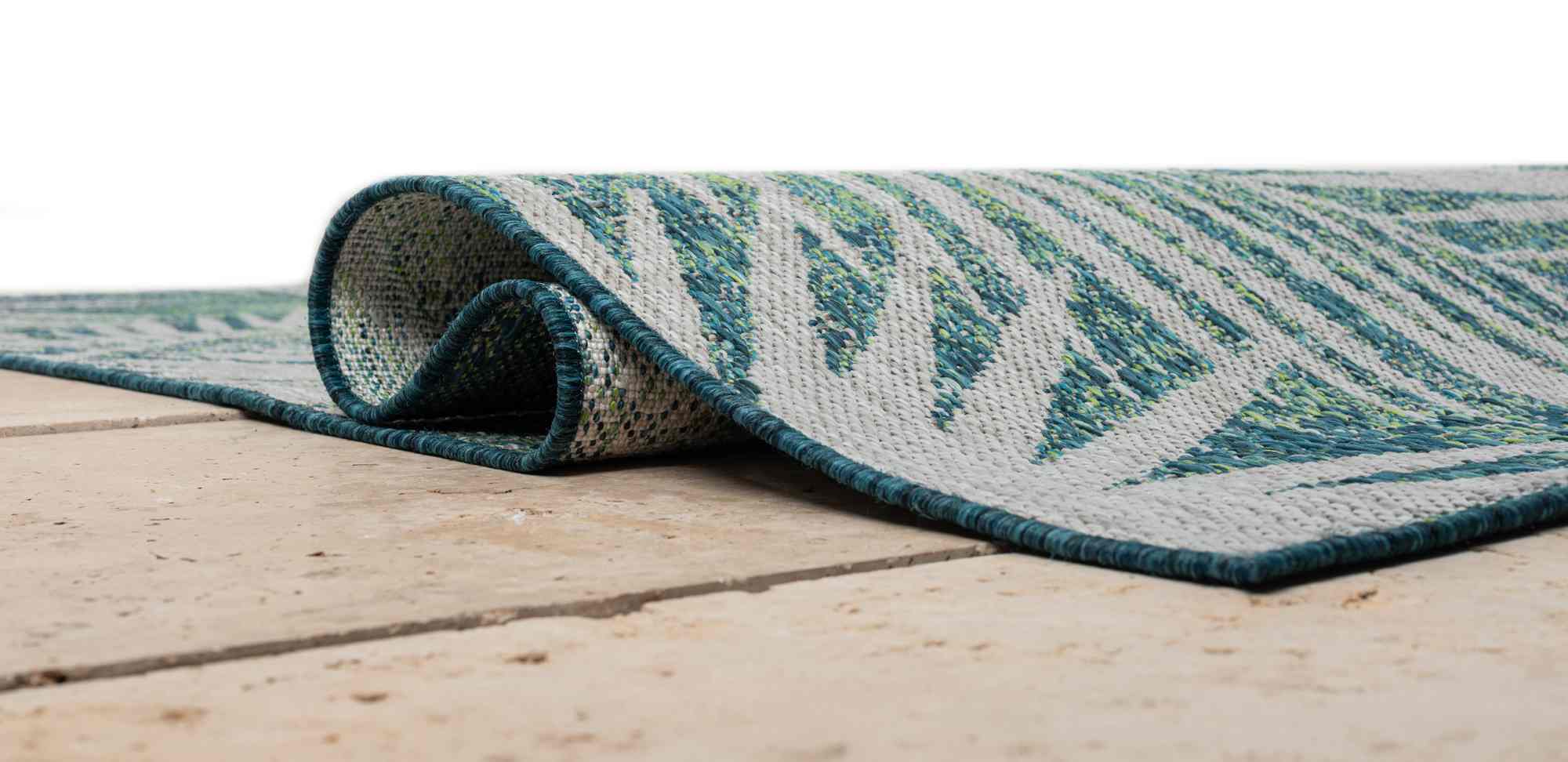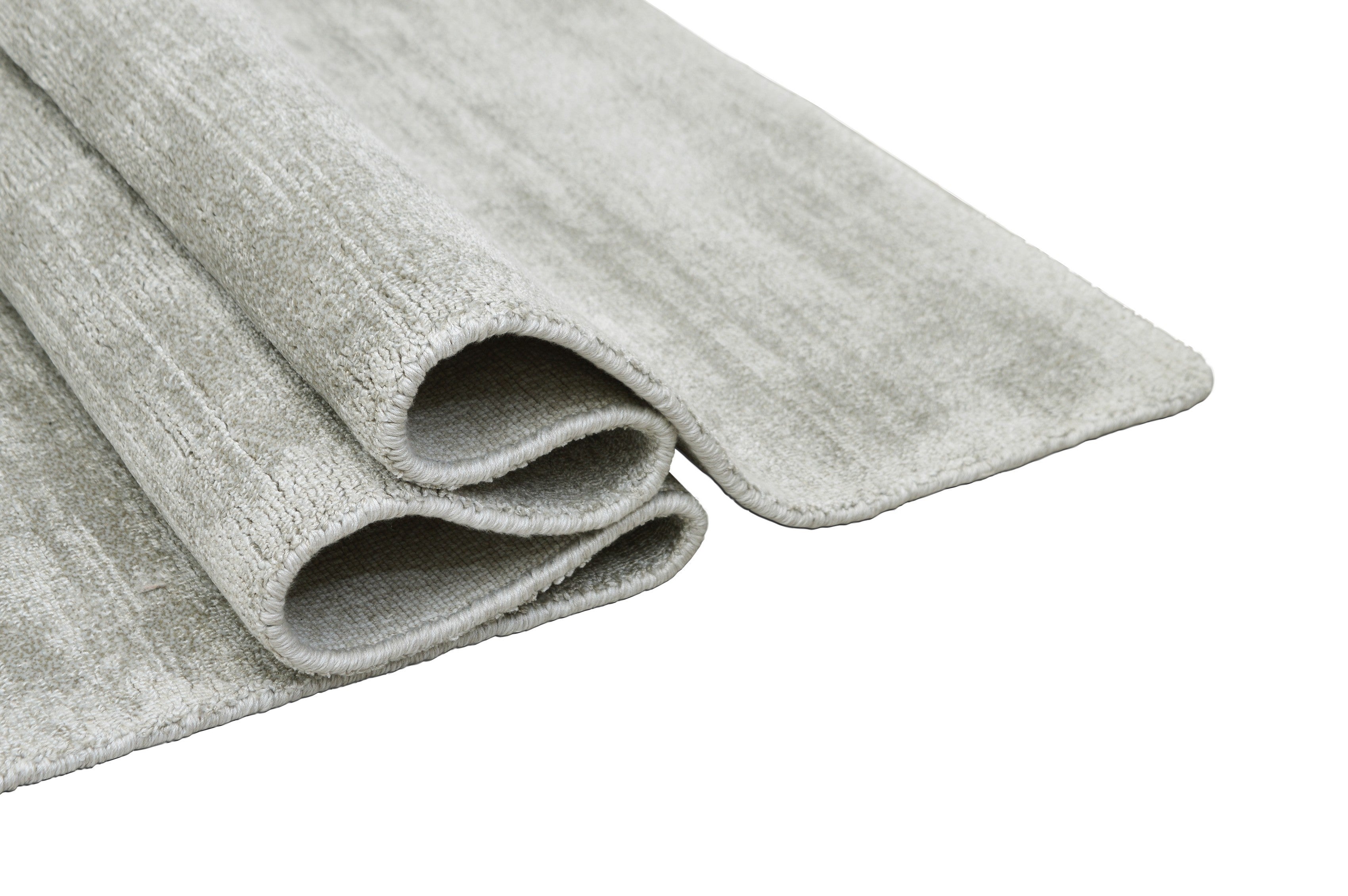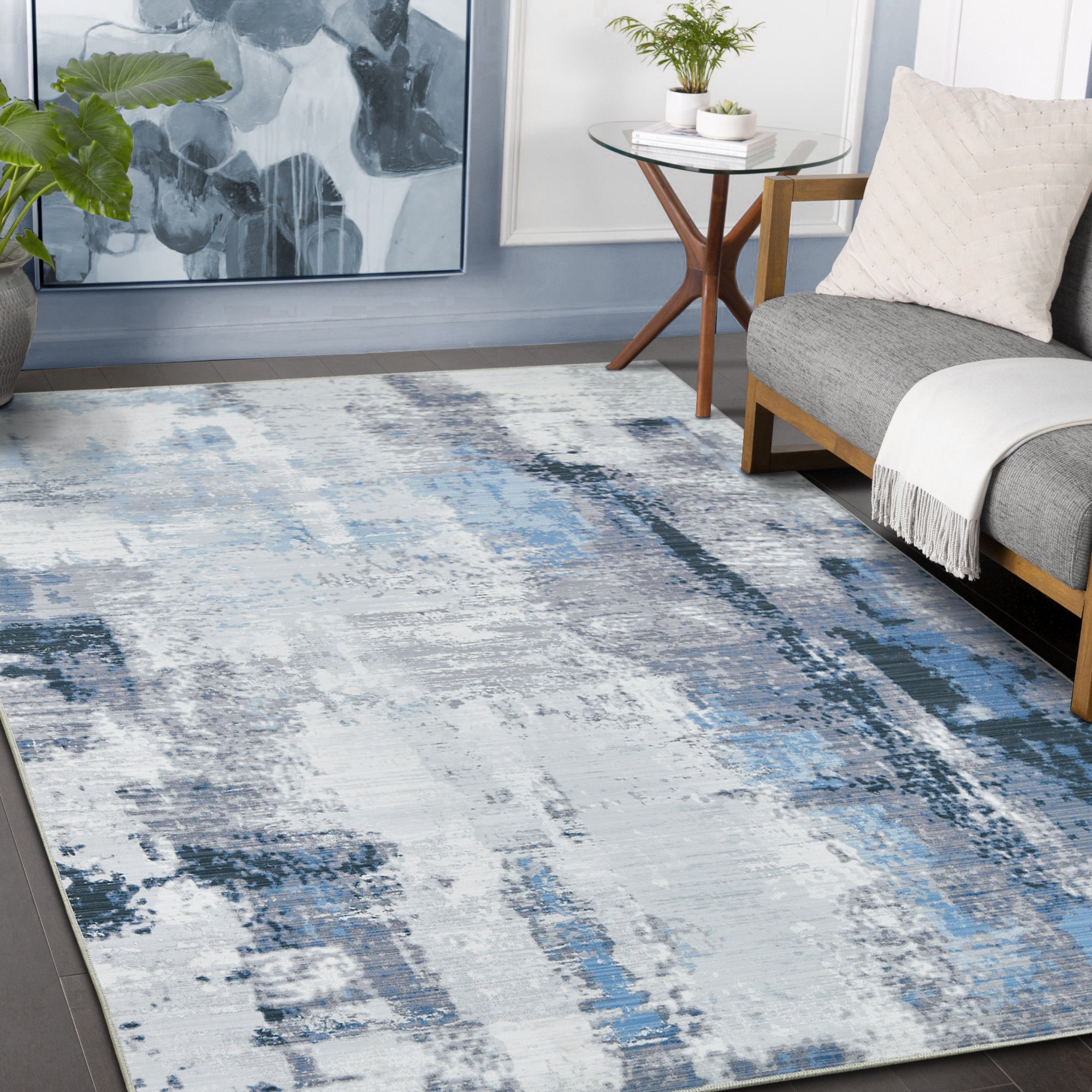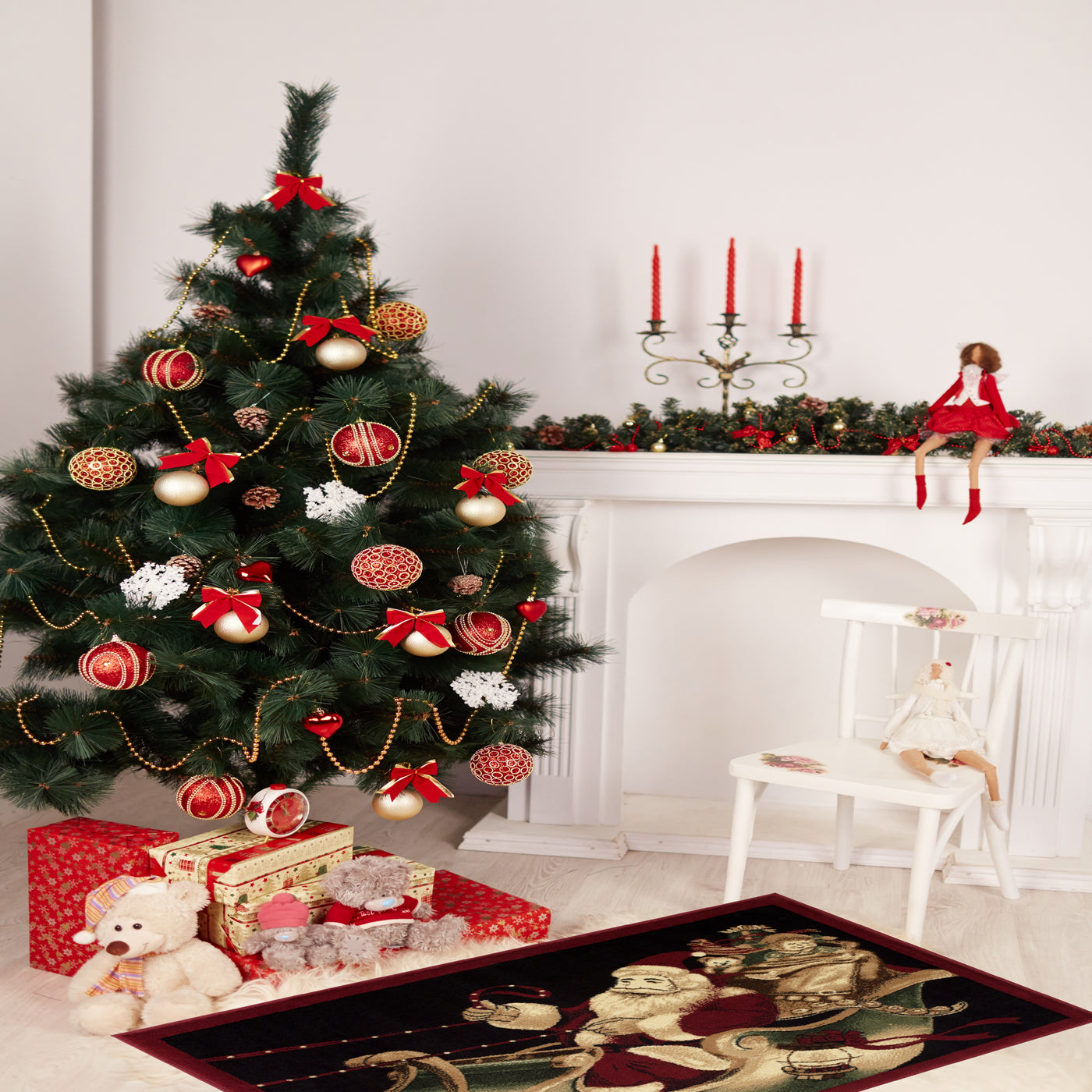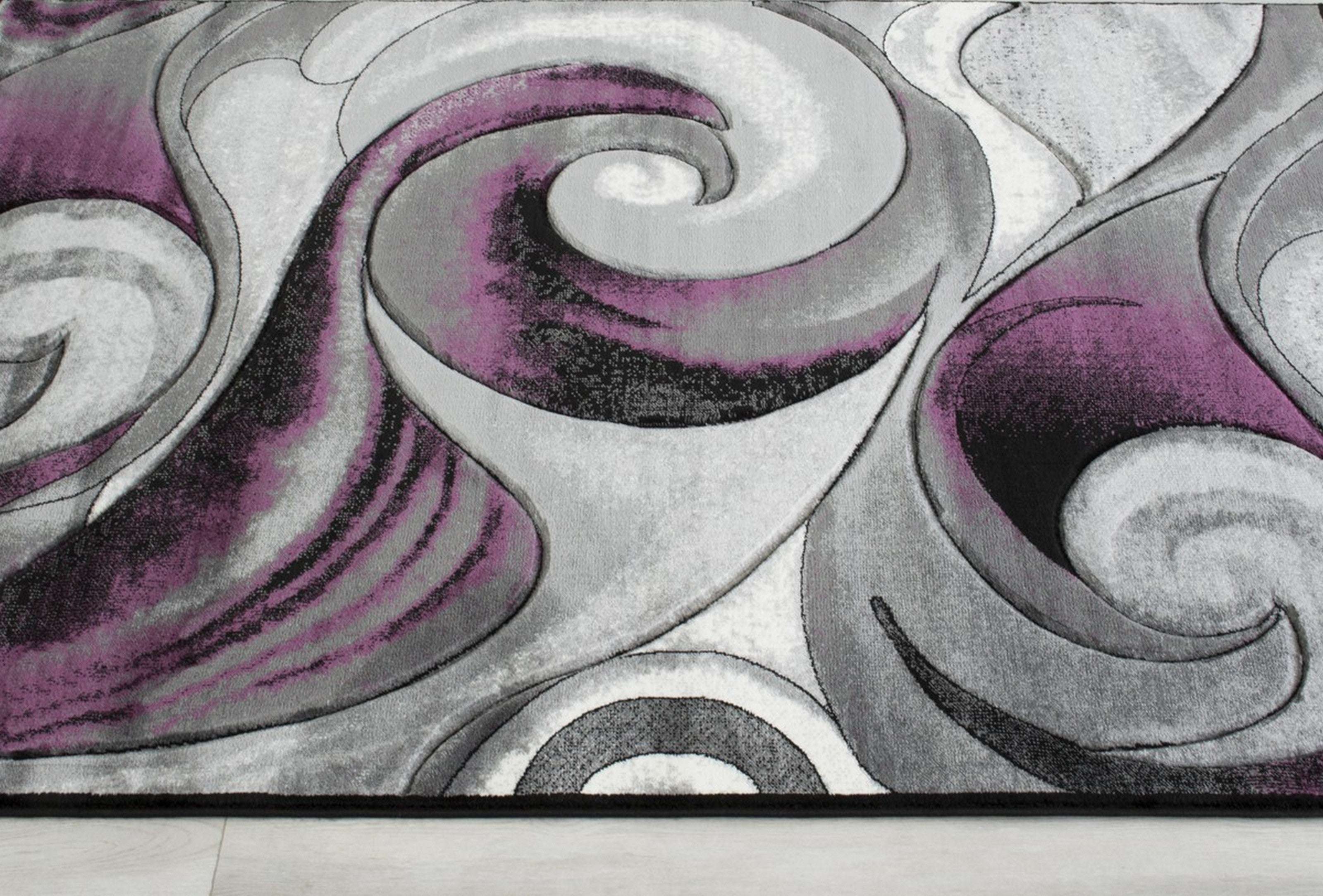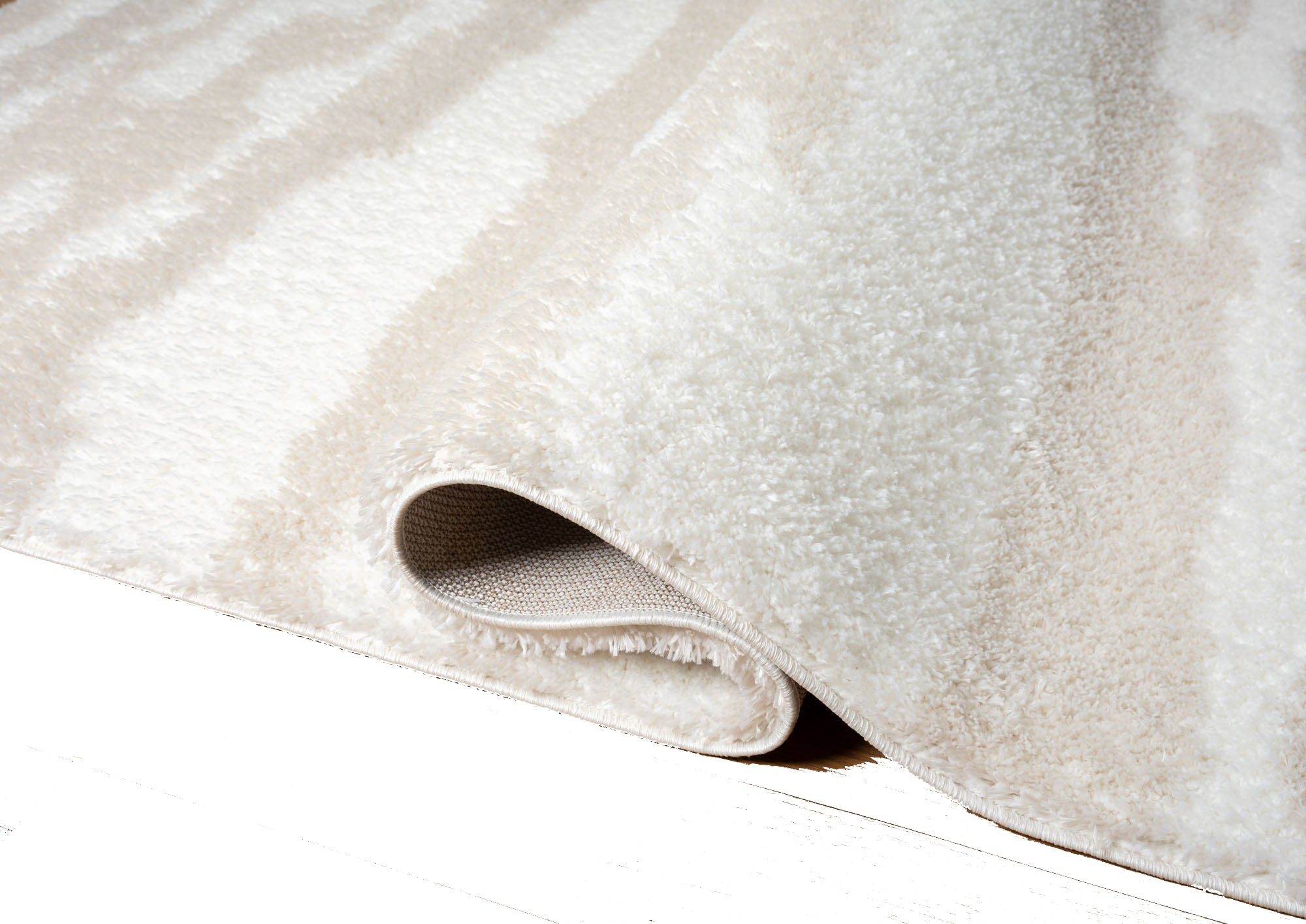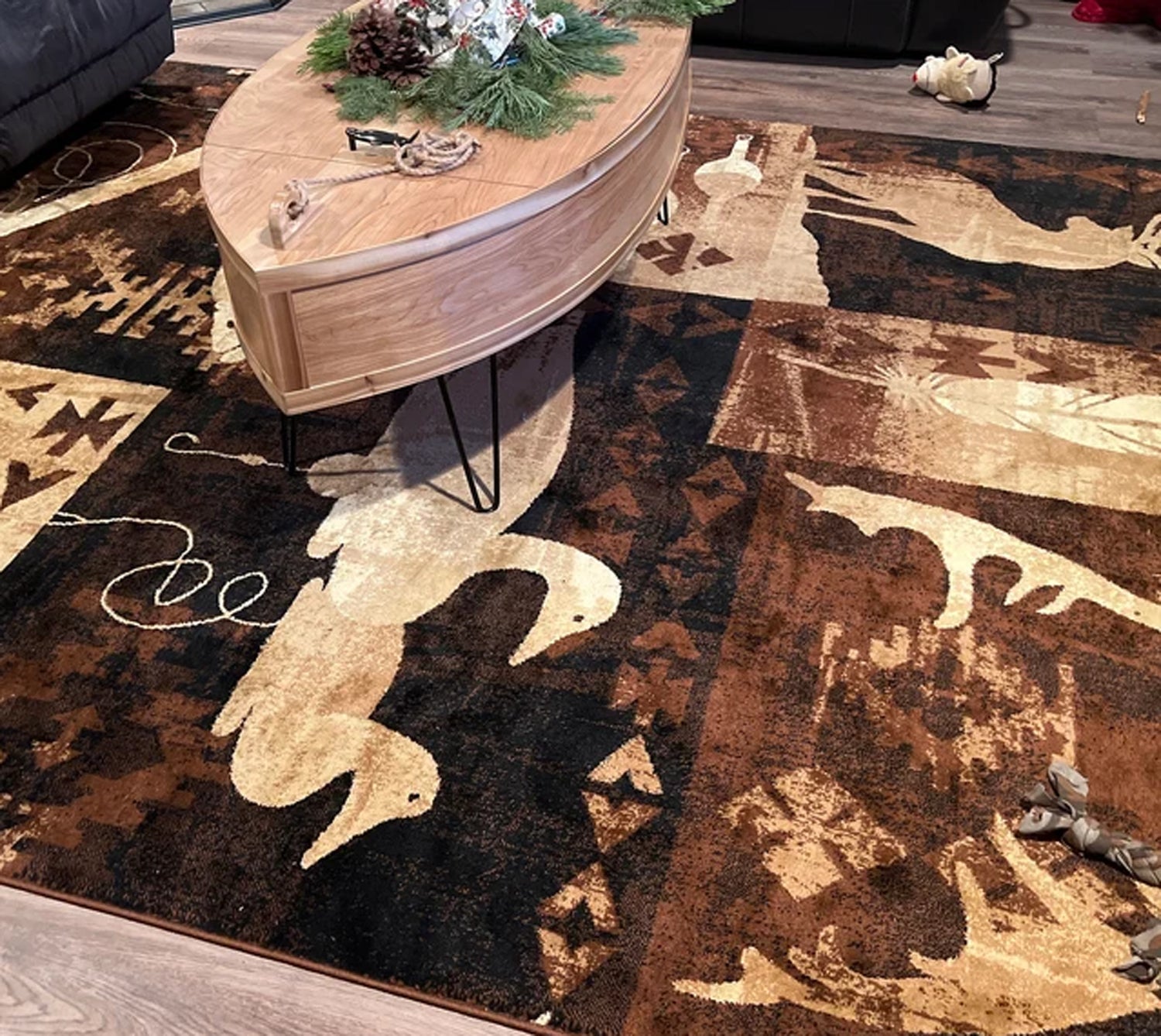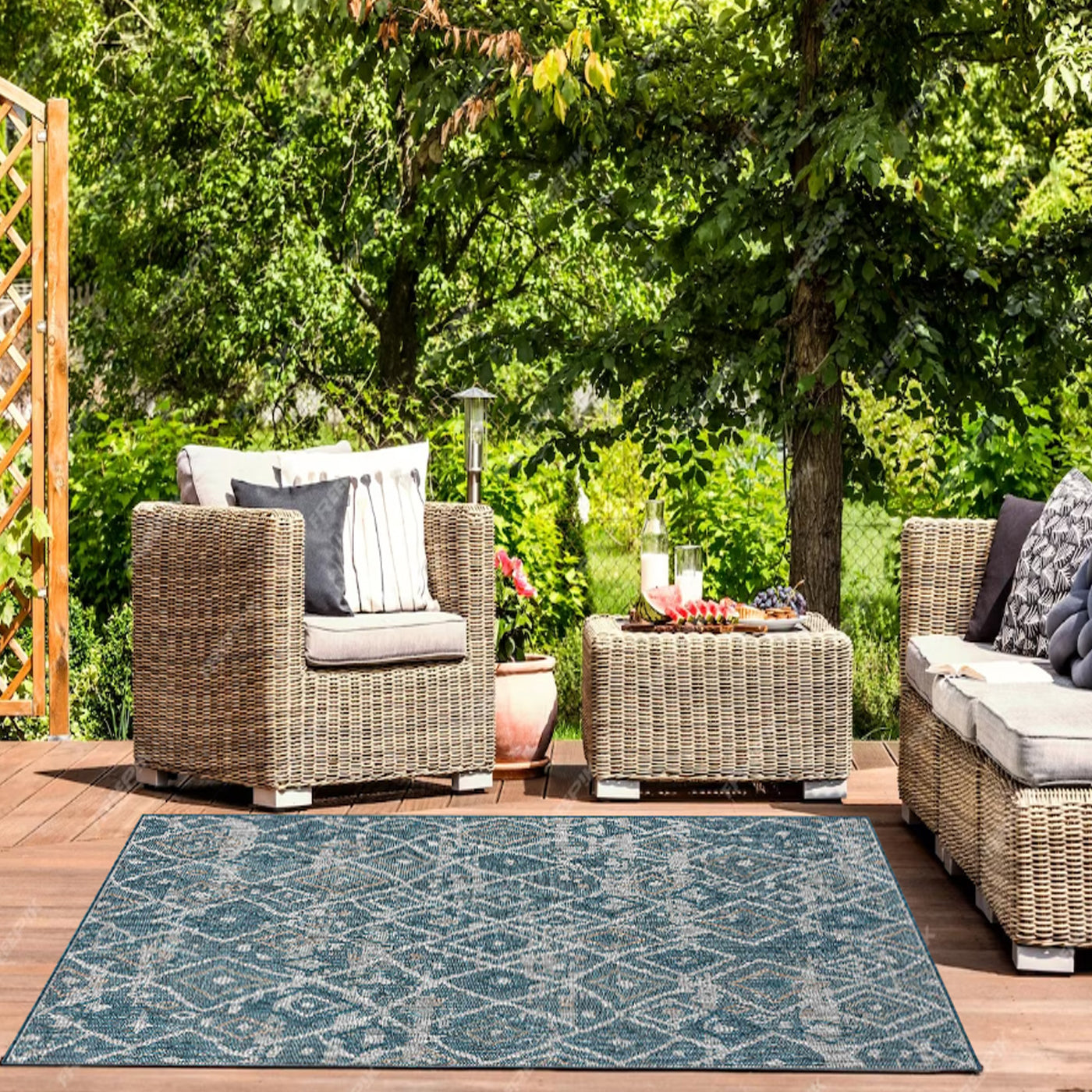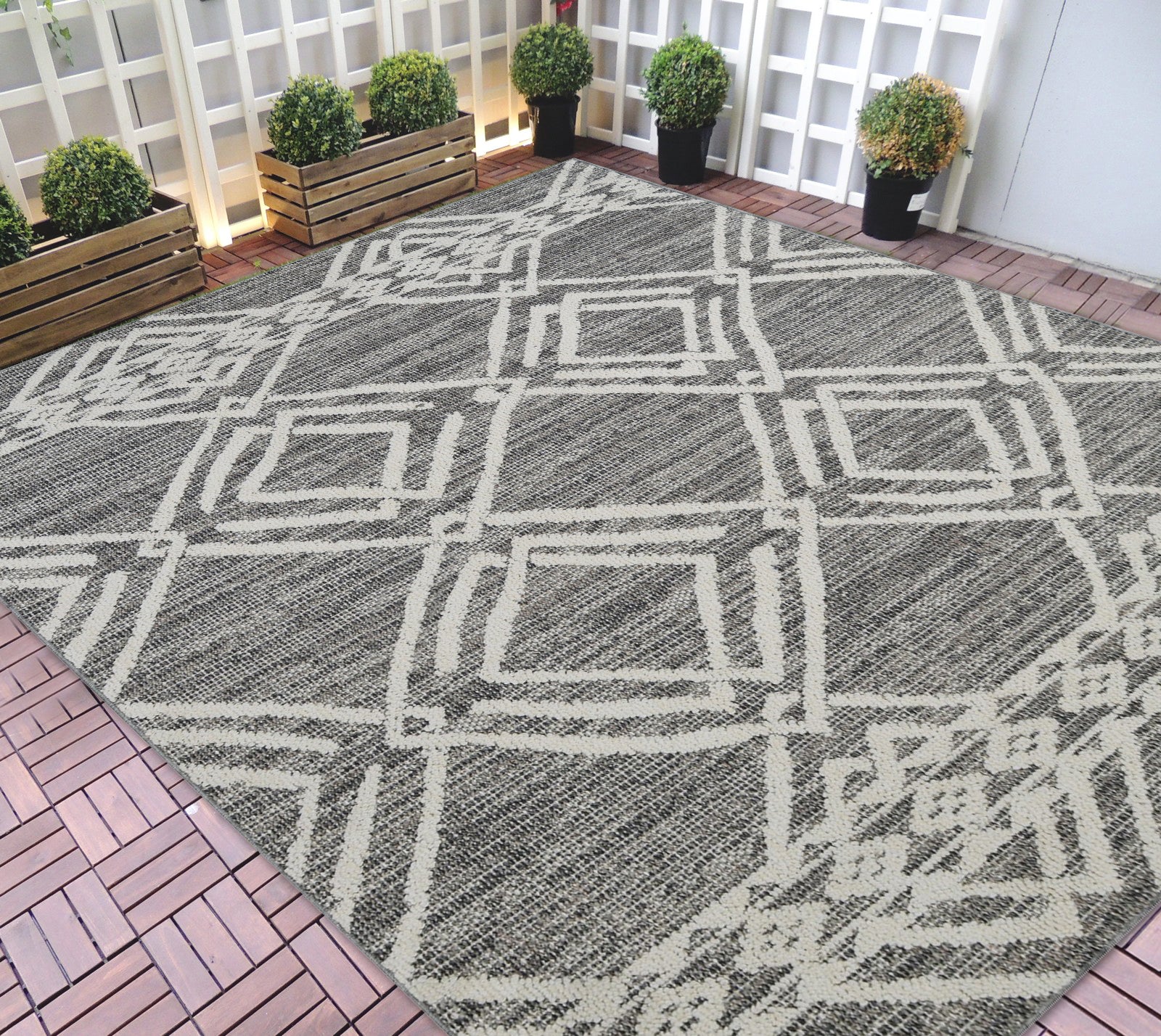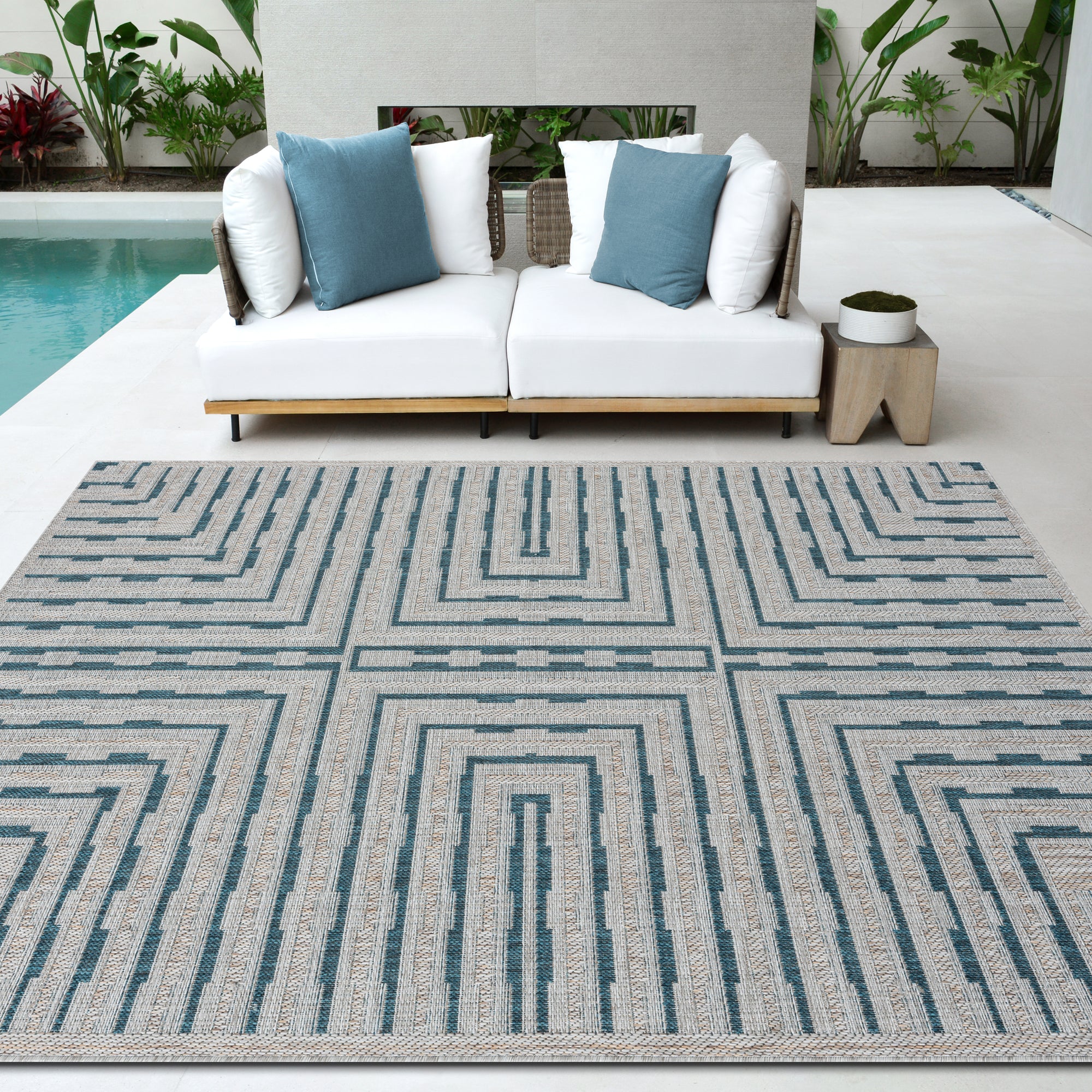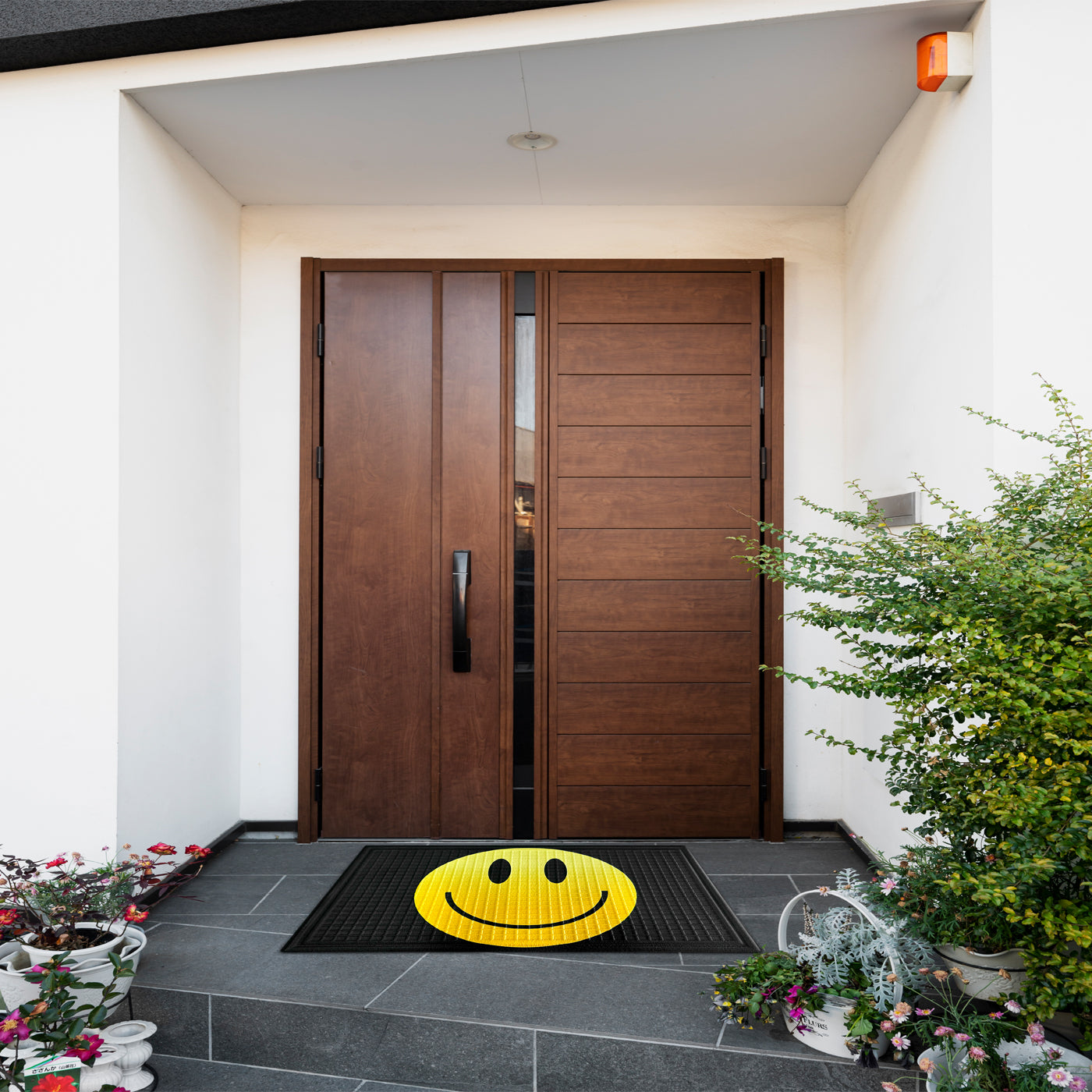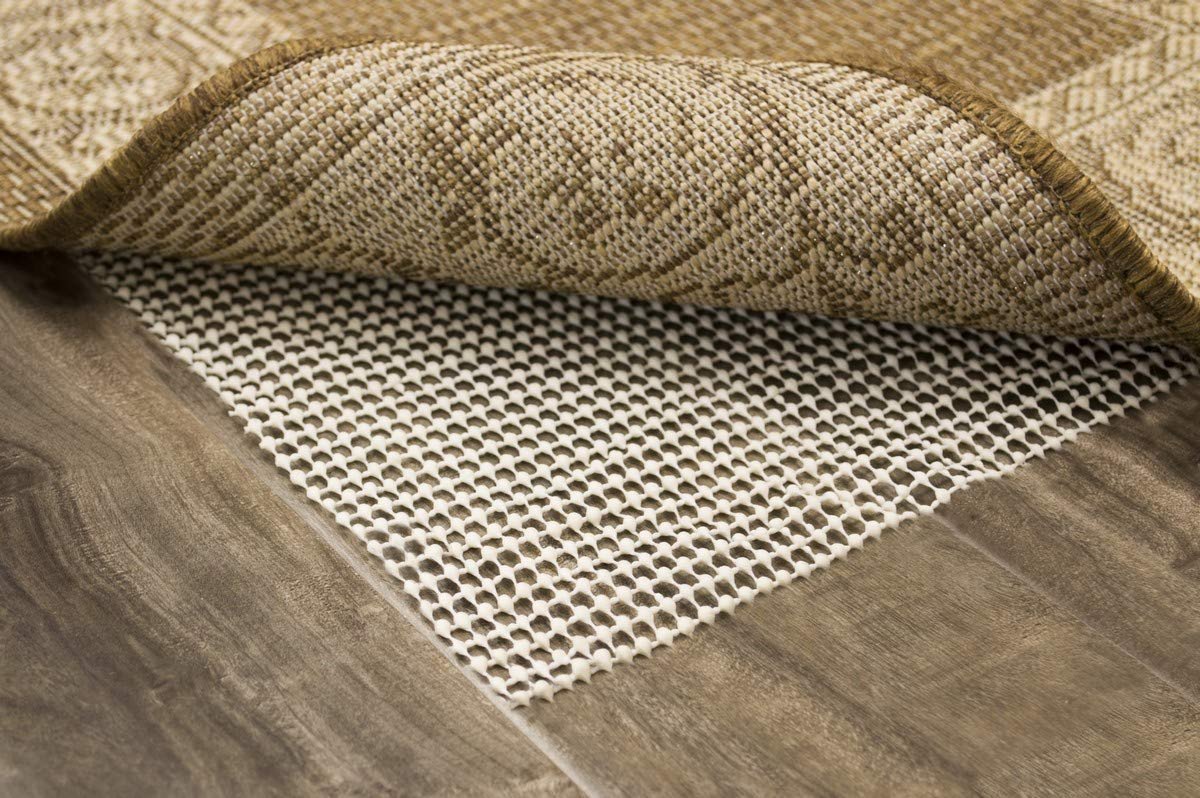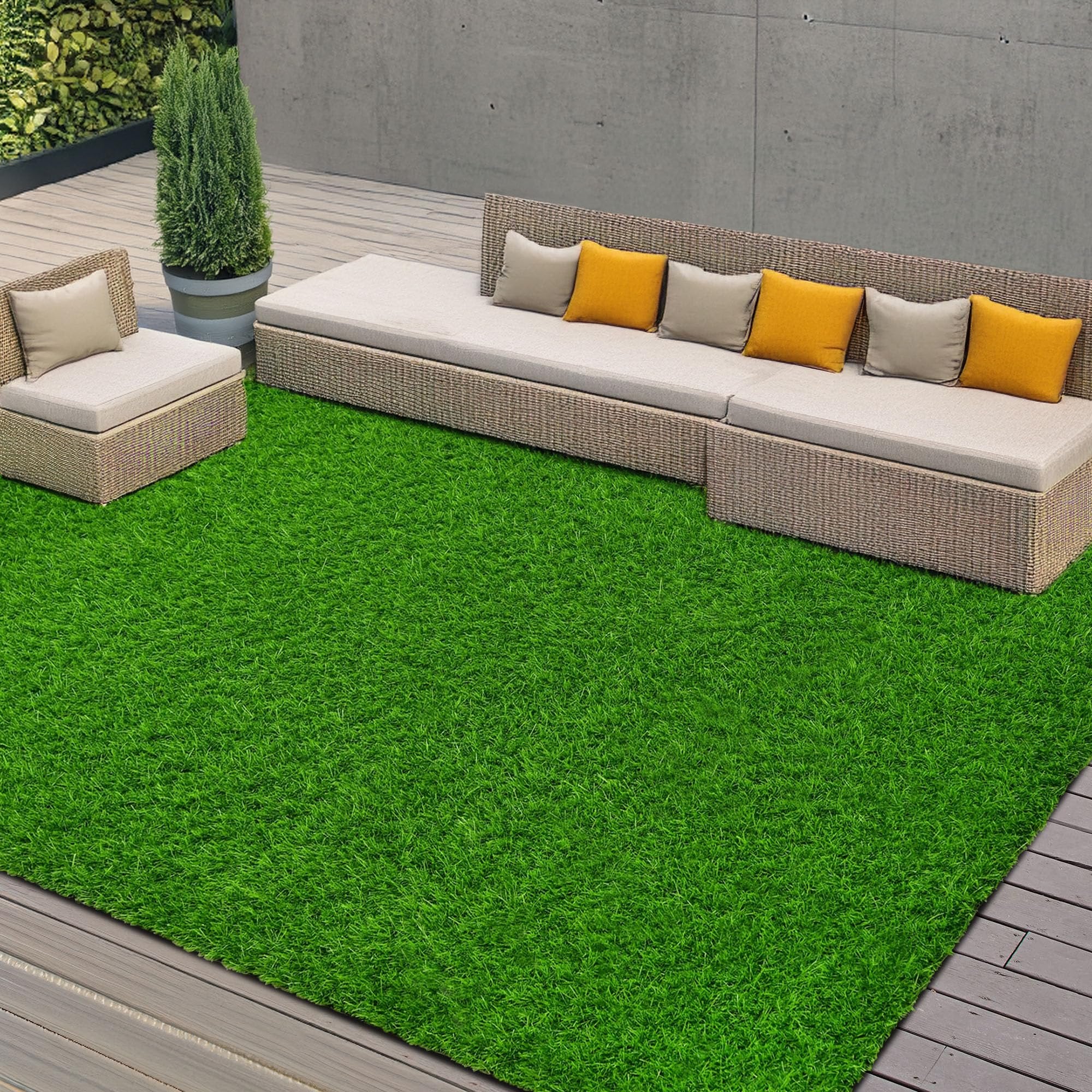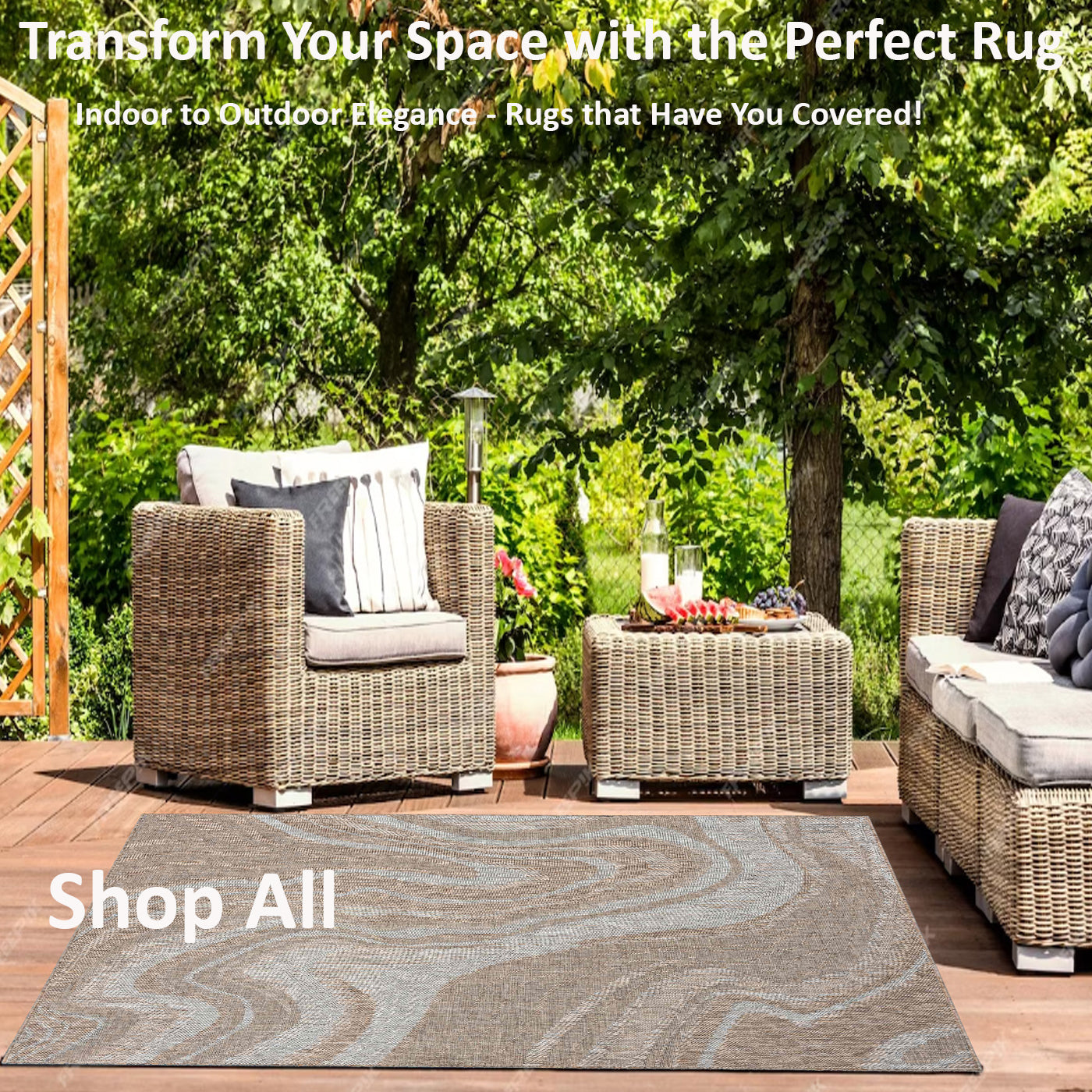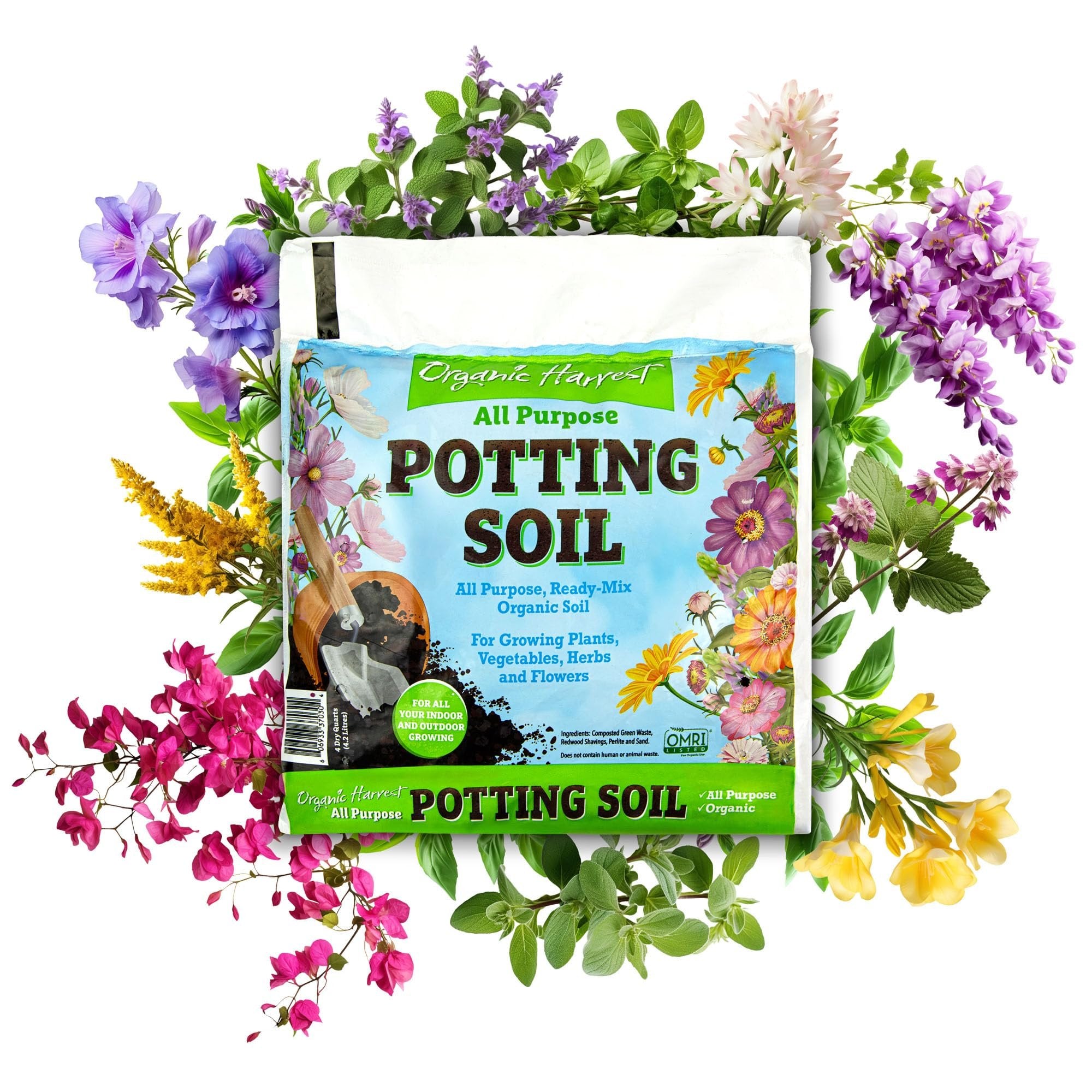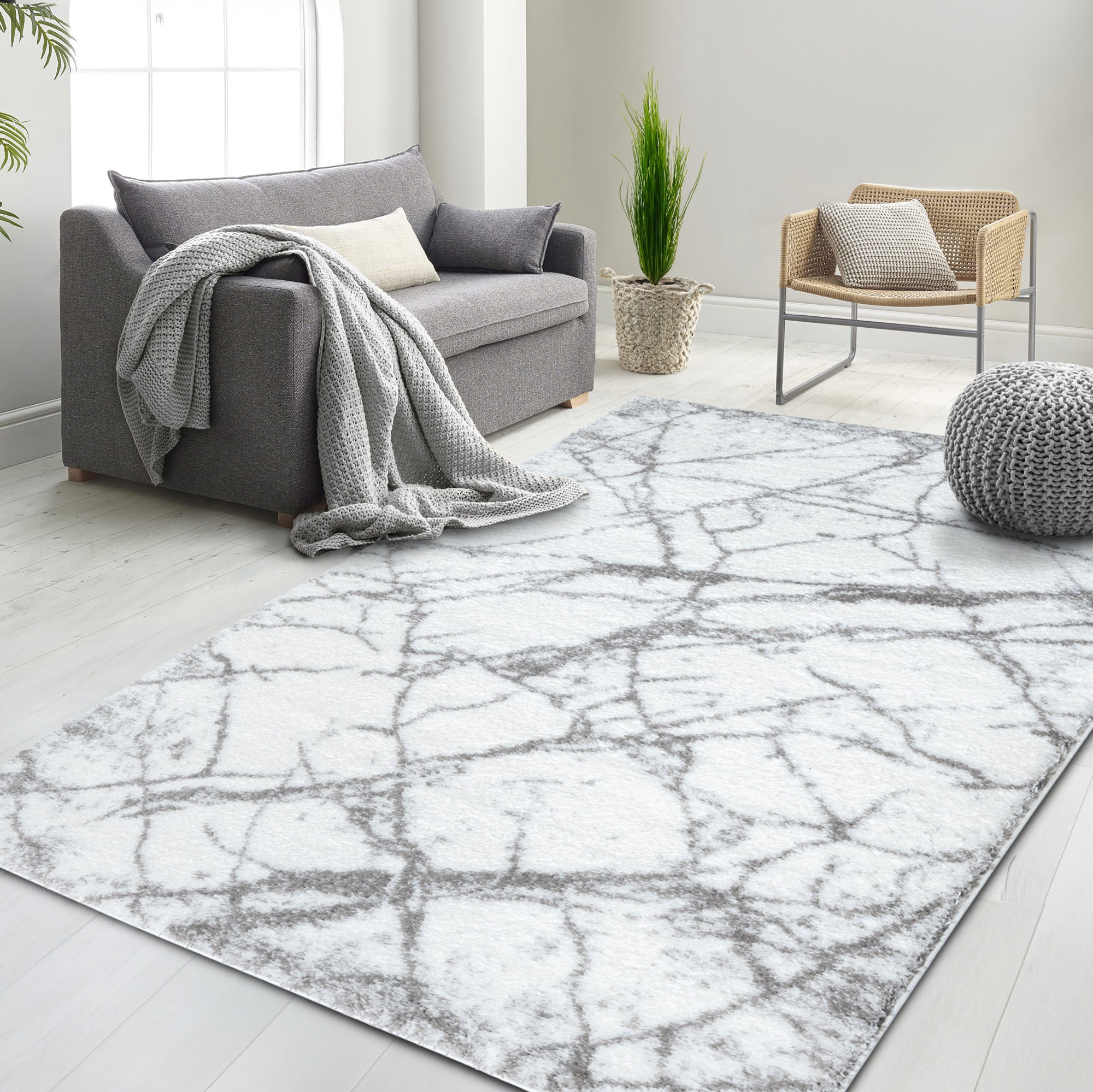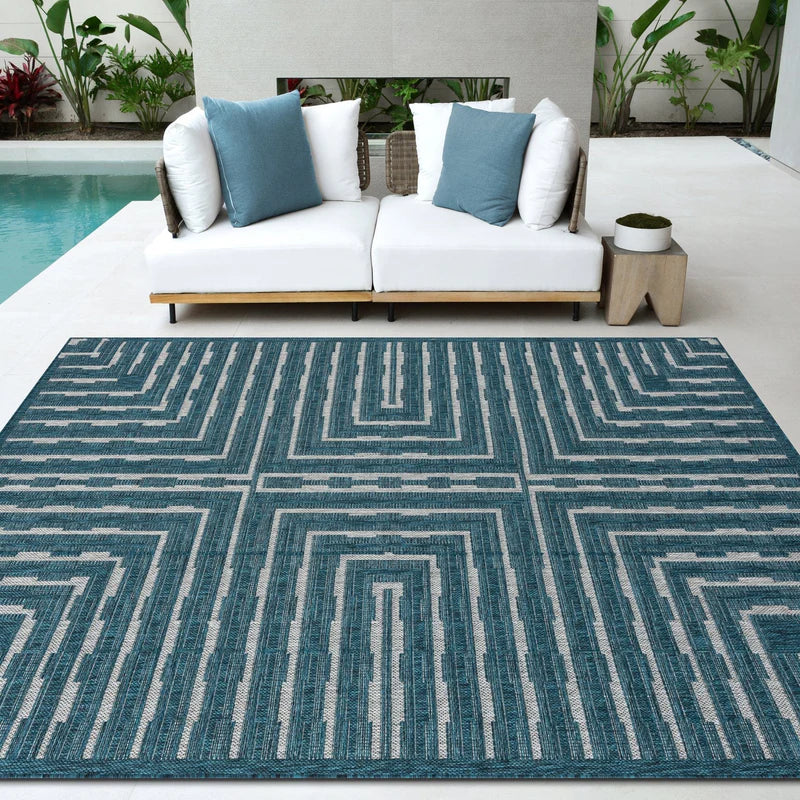
Complete Rug Material Guide
Different Types of Rug Materials
Natural Fiber Rugs
Wool Rugs: Wool is a highly durable and soft material, making it ideal for high-traffic areas and adding warmth and comfort to any room. Wool rugs are known for their resilience and natural stain-resistant properties, making them easy to clean and maintain. For more insights on why wool is a great choice, check out 10 Reasons Wool Rugs Are the Perfect Choice for Your Home.
-
What is the best quality material for a rug?
- Wool is often considered the best quality material for a rug due to its durability and comfort. It is resistant to moisture and dirt, making it ideal for homes with children or pets.
-
What material makes a rug soft?
- Several natural materials can make rugs soft, including wool, cotton, and silk. Wool provides strong fibers and insulation, cotton offers soft comfort, and silk gives a sumptuous, smooth texture.

Cotton Rugs: Cotton is another natural fiber that offers softness and comfort. These rugs are typically more affordable than wool and are machine-washable, making them a practical choice for busy households. Explore our cotton rugs collection.

Jute Rugs: Jute rugs bring an earthy and organic feel to a space. They are strong and durable, making them suitable for areas with moderate foot traffic. However, jute is less resistant to moisture and stains, so it's best used in dry areas.

Sisal Rugs: Sisal is a natural fiber known for its durability and textured appearance. Sisal rugs are stain-resistant and strong, making them ideal for high-traffic areas. Check out our sisal rugs collection.
Silk Rugs: Silk rugs are luxurious and offer a smooth and sumptuous texture. They are best suited for low-traffic areas due to their delicate nature and higher maintenance requirements.

Seagrass Rugs: Seagrass is a natural fiber that is water-repellent and durable. Seagrass rugs are perfect for areas that might get wet, such as kitchens or bathrooms.

Synthetic Fiber Rugs
Polypropylene Rugs: Polypropylene is a synthetic fiber that is stain-resistant and water-repellent. These rugs are durable and affordable, making them a popular choice for families. Learn more about polypropylene rugs.
-
Is a 100% polyester rug good?
- Polyester rugs are non-absorbent and fast-drying, making them less prone to mildew and mold. They are also resistant to chemicals and UV fading, making them durable and long-lasting.
Polyester Rugs: Polyester rugs are soft and luxurious, often used in indoor settings. They are resistant to fading and can be machine-washed, making them easy to maintain.

Nylon Rugs: Nylon is a strong and resilient synthetic fiber. Nylon rugs are known for their durability and easy-to-clean properties, making them suitable for high-traffic areas.

Acrylic Rugs: Acrylic rugs mimic the look and feel of wool but are more affordable. They are soft and comfortable, often used in low-traffic areas.
Viscose Rugs: Viscose, also known as rayon, offers a smooth and silk-like texture. Viscose rugs are best suited for decorative purposes and low-traffic areas due to their delicate nature.
Blended Fiber Rugs
Natural and Synthetic Blends: Blended fiber rugs combine the benefits of natural and synthetic materials, offering a balance of durability, softness, and affordability.
Jute and Sisal Blends: Combining jute and sisal can enhance the durability and texture of the rug, making it suitable for various home settings.
Cotton and Synthetic Blends: Cotton blends with synthetic fibers can offer softness and ease of maintenance, making these rugs a versatile choice for many households.
Types of Rugs for Different Uses
High Traffic Areas
Living Room Rugs: For living rooms, wool and nylon rugs are excellent choices due to their durability and ability to resist stains and dirt. Explore our living room rugs collection.
Outdoor Rugs: Outdoor rugs made from polypropylene are ideal because they are water-repellent and can withstand various weather conditions. Check out our outdoor rugs collection.
-
What is the best fabric for an area rug?
- Polypropylene is one of the best fabrics for an area rug due to its stain and fade resistance. It is easy to clean and does not shed, making it a practical choice for many households.
Soft Rug Types
Hand Knotted Rugs: Hand-knotted rugs are luxurious and durable, often made from natural fibers like wool and silk. These rugs are crafted with meticulous care and can last for generations.
Hand Tufted Rugs: Hand-tufted rugs offer a soft and plush texture. They are more affordable than hand-knotted rugs and are available in various designs and colors.
Faux Fur Rugs: Faux fur rugs provide a cozy and luxurious feel. They are typically used as decorative pieces and add a touch of elegance to any room. Check out our faux fur rugs collection.
Hide Rugs: Hide rugs are unique and bring a modern rustic vibe to a space. They are durable and can handle moderate foot traffic.
Weaving Techniques
Hand Knotted: Hand-knotted rugs are known for their durability and intricate designs. Each rug is unique and made with exceptional craftsmanship. Learn more about the popularity of Persian rugs.
-
What type of rug is most popular?
- Persian rugs are among the most popular and well-known types of rugs. They are known for their intricate patterns, vivid colors, and luxurious texture, often hand-knotted from high-quality materials.
Tufting: Tufted rugs are created by pushing yarn through a backing material. They offer a soft and plush texture, making them ideal for living spaces.
Weaving: Woven rugs are made by interlacing threads to create a sturdy and durable fabric. They are available in various materials and designs.
Hand Tufted: Hand-tufted rugs are crafted by hand and offer a luxurious feel. They are more affordable than hand-knotted rugs but still provide a high-quality texture.
Rag Rug: Rag rugs are made from recycled fabric, offering a unique and textured appearance. They are environmentally friendly and add a rustic charm to any space.
Care and Maintenance
Cleaning Techniques: Regular vacuuming and spot cleaning are essential to maintain the appearance and longevity of your rugs. For deeper cleaning, professional services may be required.
-
What type of rug is easiest to keep clean?
- Wool, cotton, seagrass, jute, and polypropylene are fibers that are relatively easy to clean. Wool is naturally shed-resistant, and cotton is comfy and easy to maintain, making them good choices for high-traffic areas.
Recycling and Sustainability: Eco-friendly materials like jute and seagrass are not only sustainable but also biodegradable. Recycling used rugs can help reduce environmental impact.
Applications of Rug Materials
Floor Coverings: Rugs made from durable materials like wool and polypropylene are ideal for covering floors in high-traffic areas.
Room Décor: Rugs add texture and warmth to any room, making them a vital part of home décor.
Carpets and Mats: Using the right rug material can enhance the comfort and aesthetics of carpets and mats in your home.
-
How many years should a rug last?
- The typical lifespan of an area rug is between 5 to 10 years, depending on the material and usage. Signs of wear and tear include worn fabric, faded color, and matted fibers.
Advanced Topics
Materials Science in Rug Making: Innovations in materials science have led to the development of more durable and sustainable rug materials.
Innovations in Textile and Rug Design: Advances in textile technology have improved the quality and variety of rug designs available in the market.
Frequently Asked Questions:
-
What materials are used to make rugs?
- Rugs can be made from various materials using different methods. There are natural fiber rugs like wool, silk, or jute rugs, and synthetic fiber rugs like polyester and stain-resistant olefin rugs.
-
How do you select rug material?
- Selecting rug material depends on where the rug will be placed, your lifestyle, and the characteristics you prioritize, such as durability, aesthetics, or ease of cleaning. Materials like wool, nylon, and blends can be considered based on these factors.
-
What fabrics are used for rugs?
- Common materials used for rugs include cotton, wool, nylon, triesta, and viscose. These materials bring texture, color, warmth, and beauty to any room in your home.
-
How can you tell what material a rug is made of?
- You can often tell the material of a rug by touch. Wool rugs feel soft and almost buttery, while synthetic rugs tend to feel hard, scratchy, and stiff.
-
What are luxury rugs made of?
- Luxury rugs are often made from high-quality materials such as wool, silk, and cotton. These materials are valued for their durability and ease of processing.
-
Which rugs shed the most?
- Rugs made from synthetic fibers such as viscose, acrylic, or nylon tend to shed more than those made from natural materials like wool, cotton, and sometimes silk.
